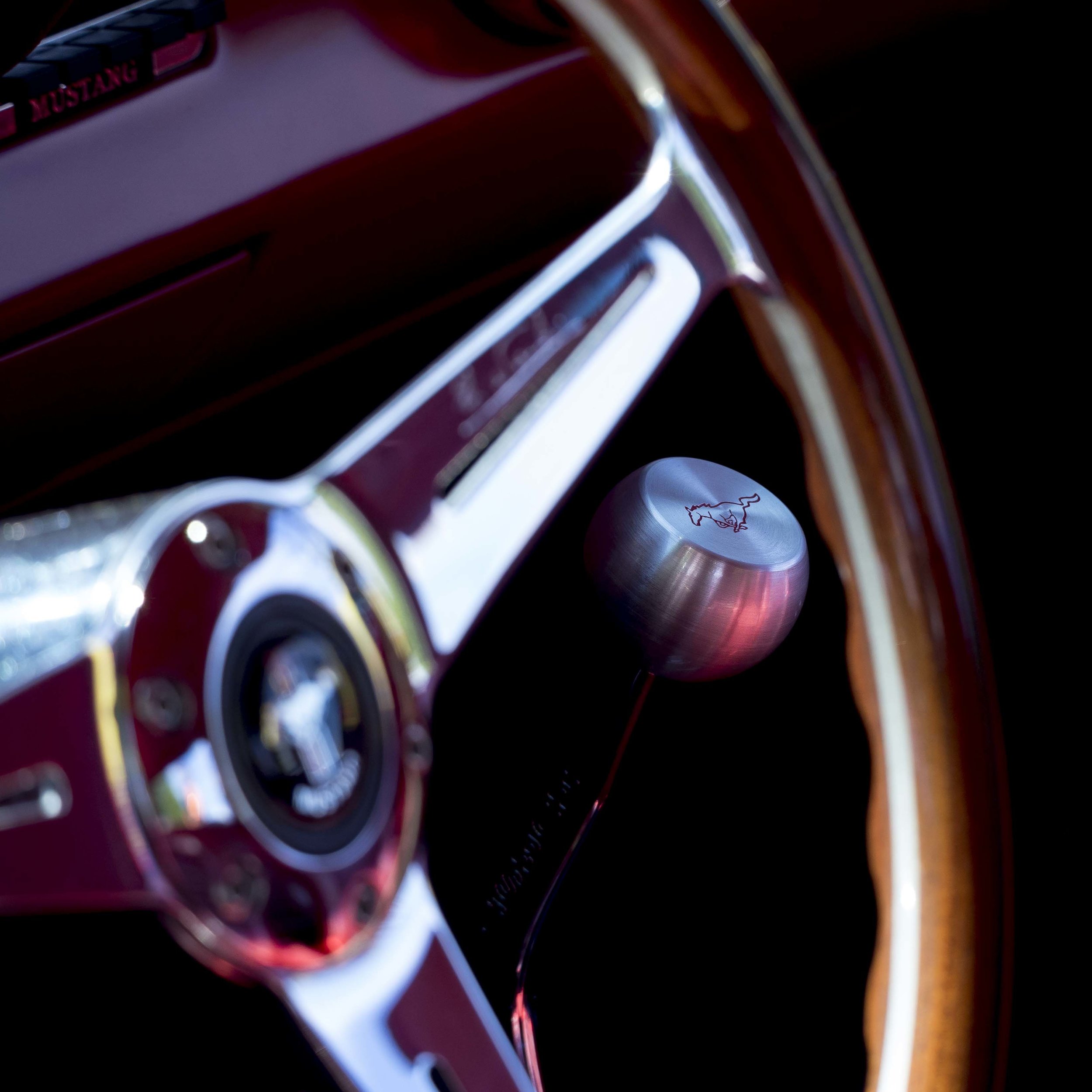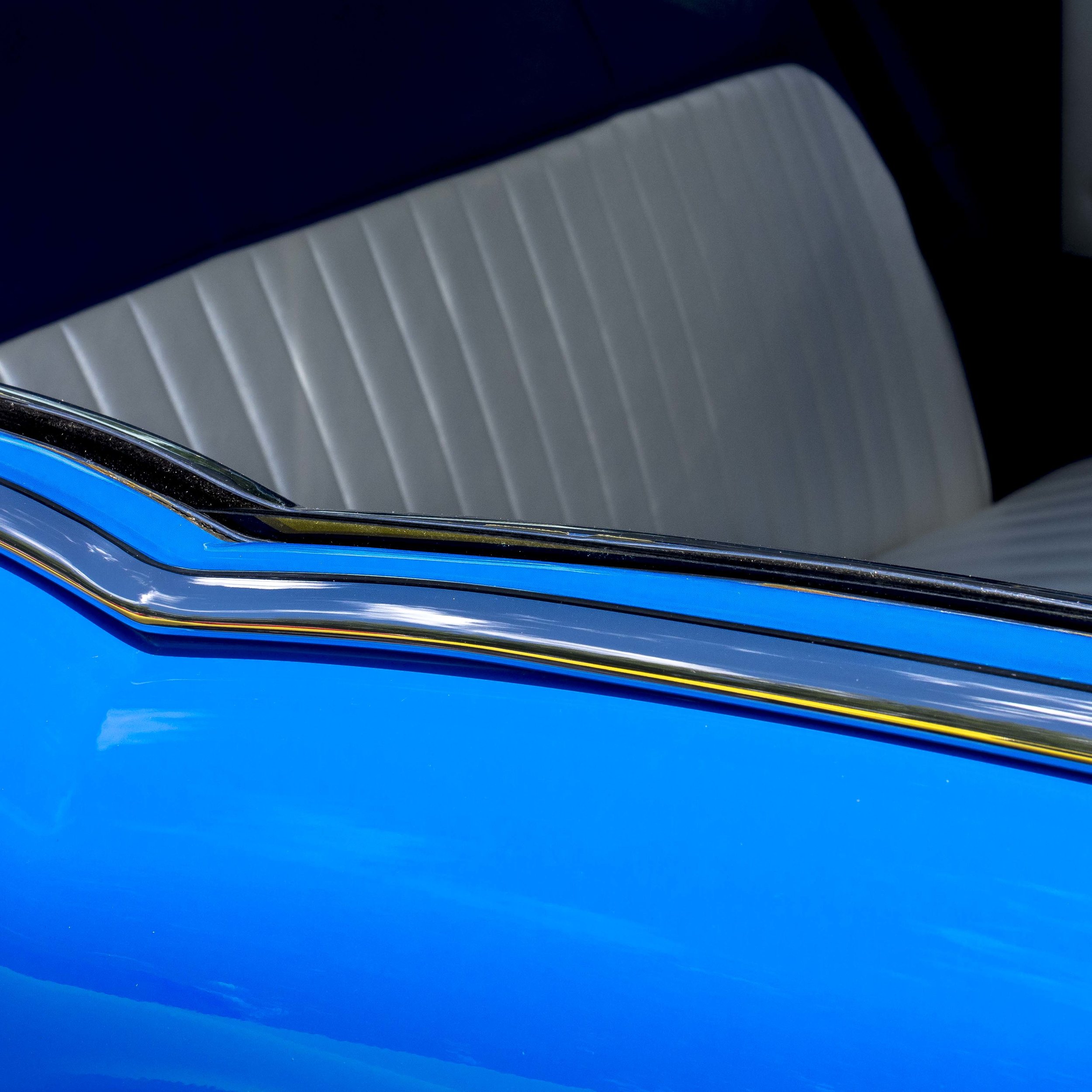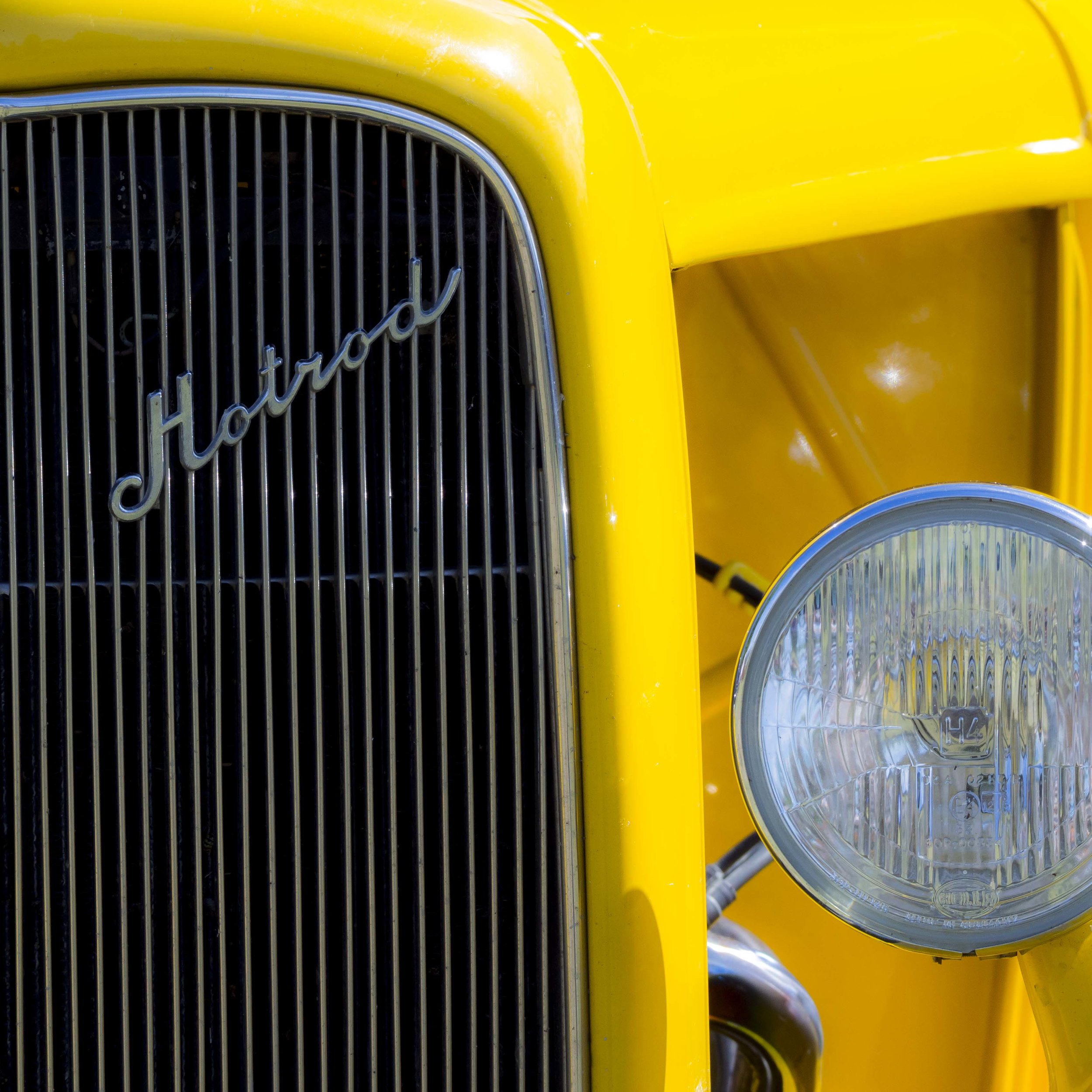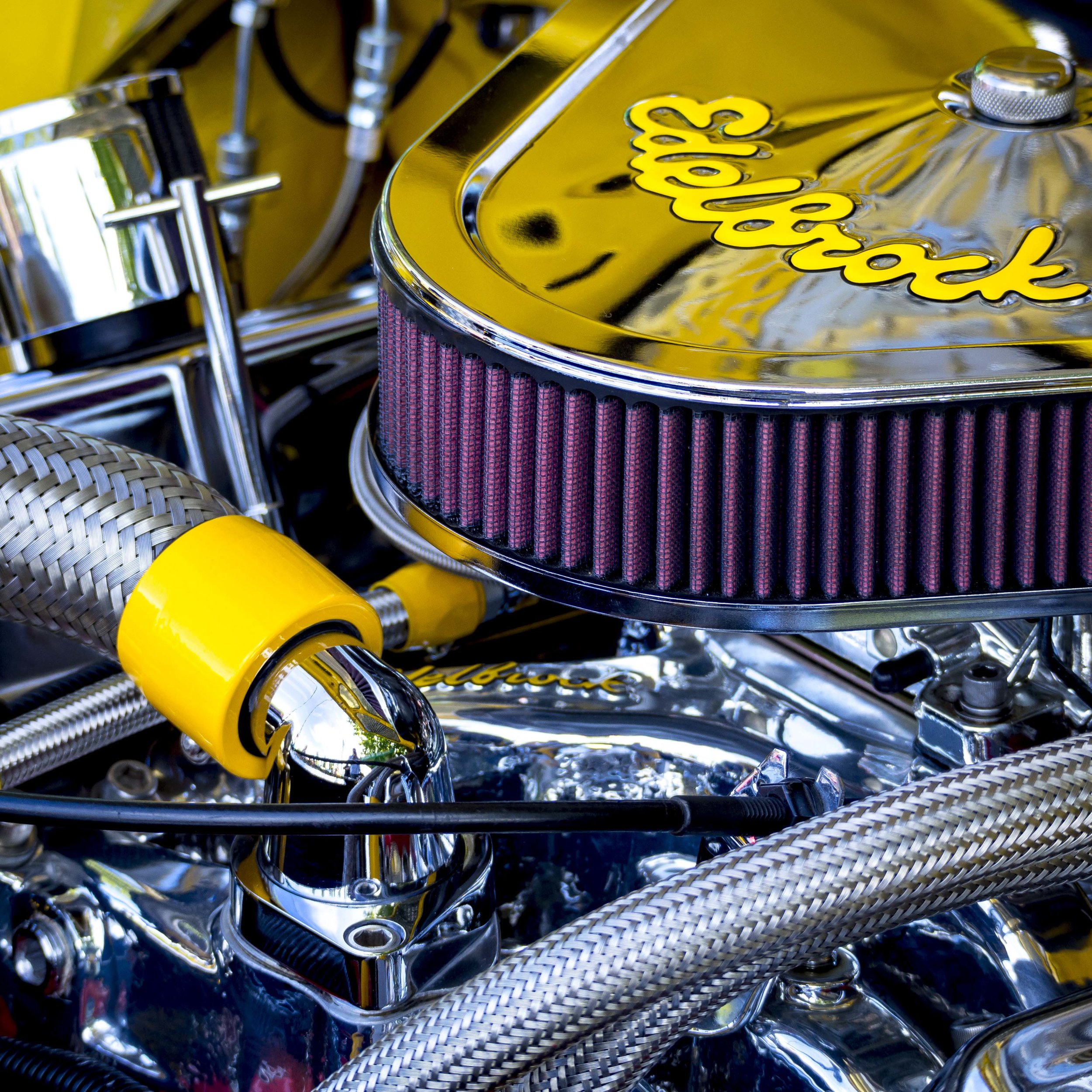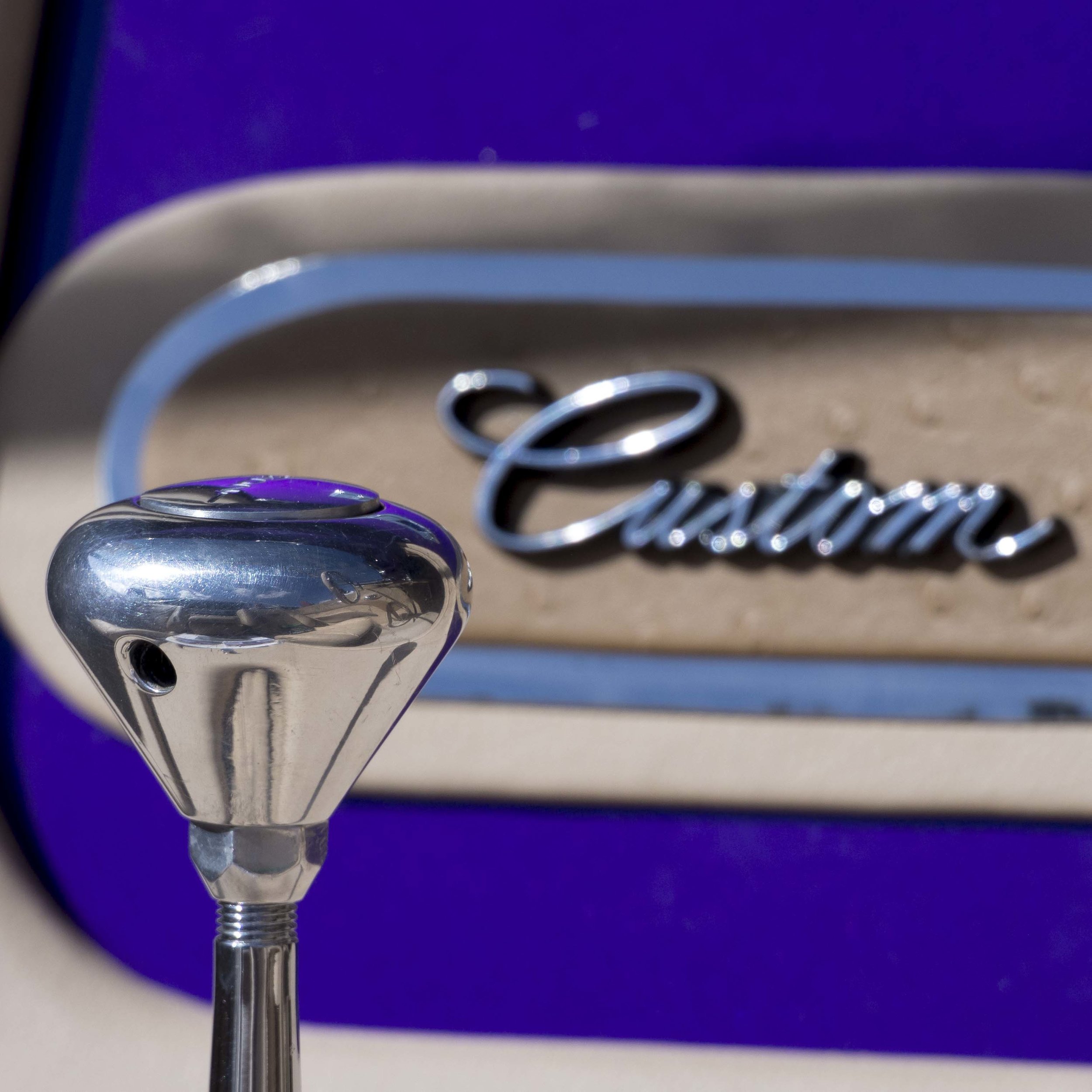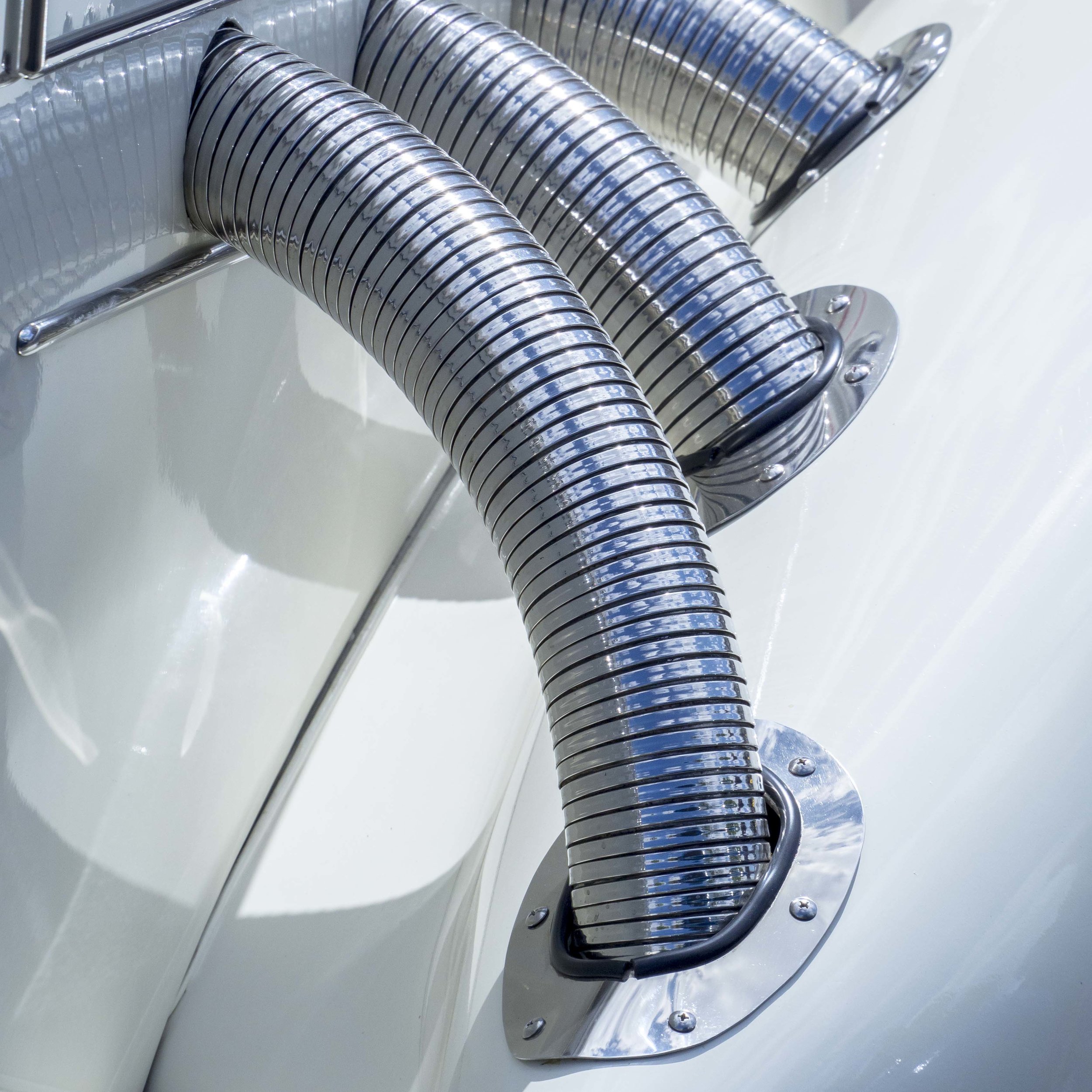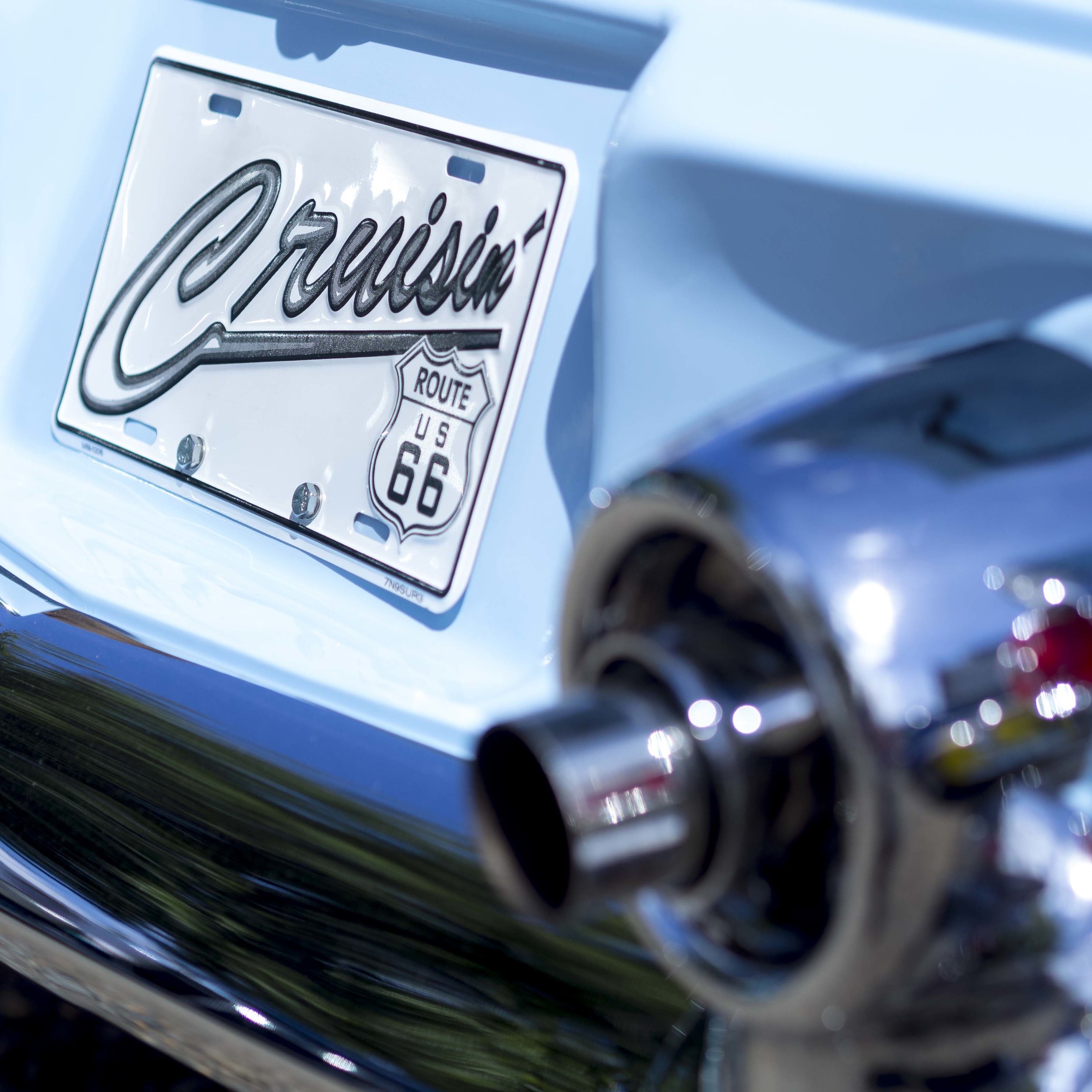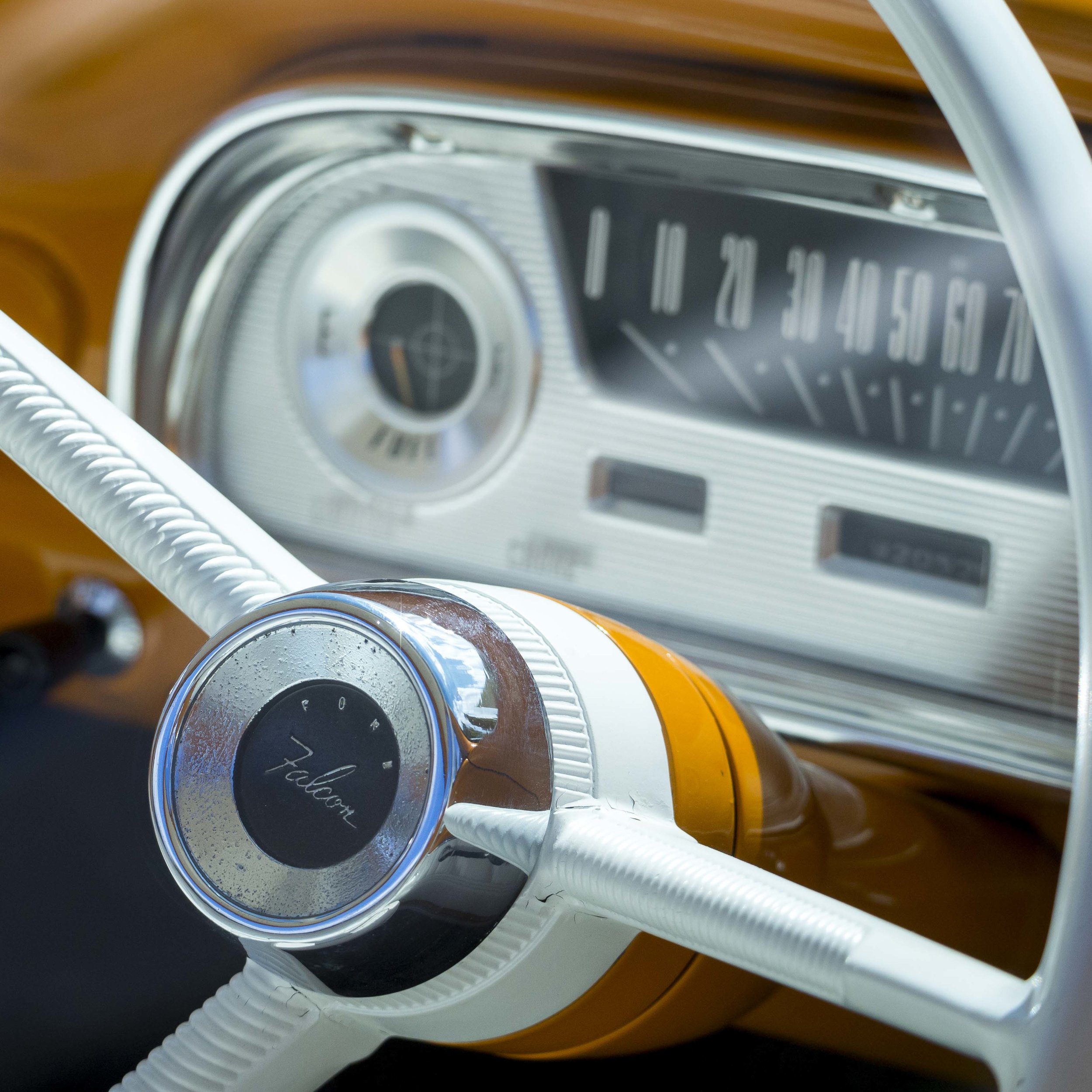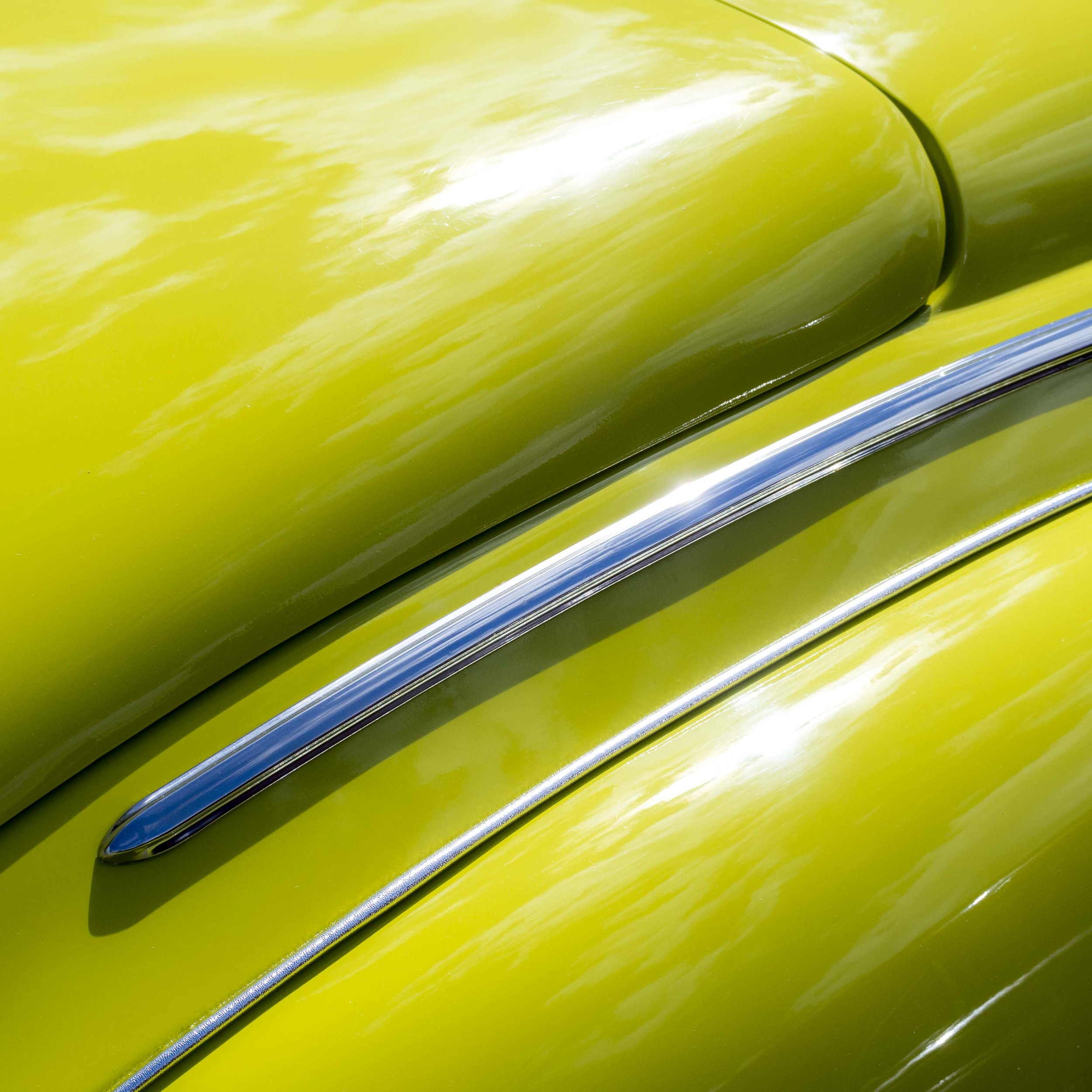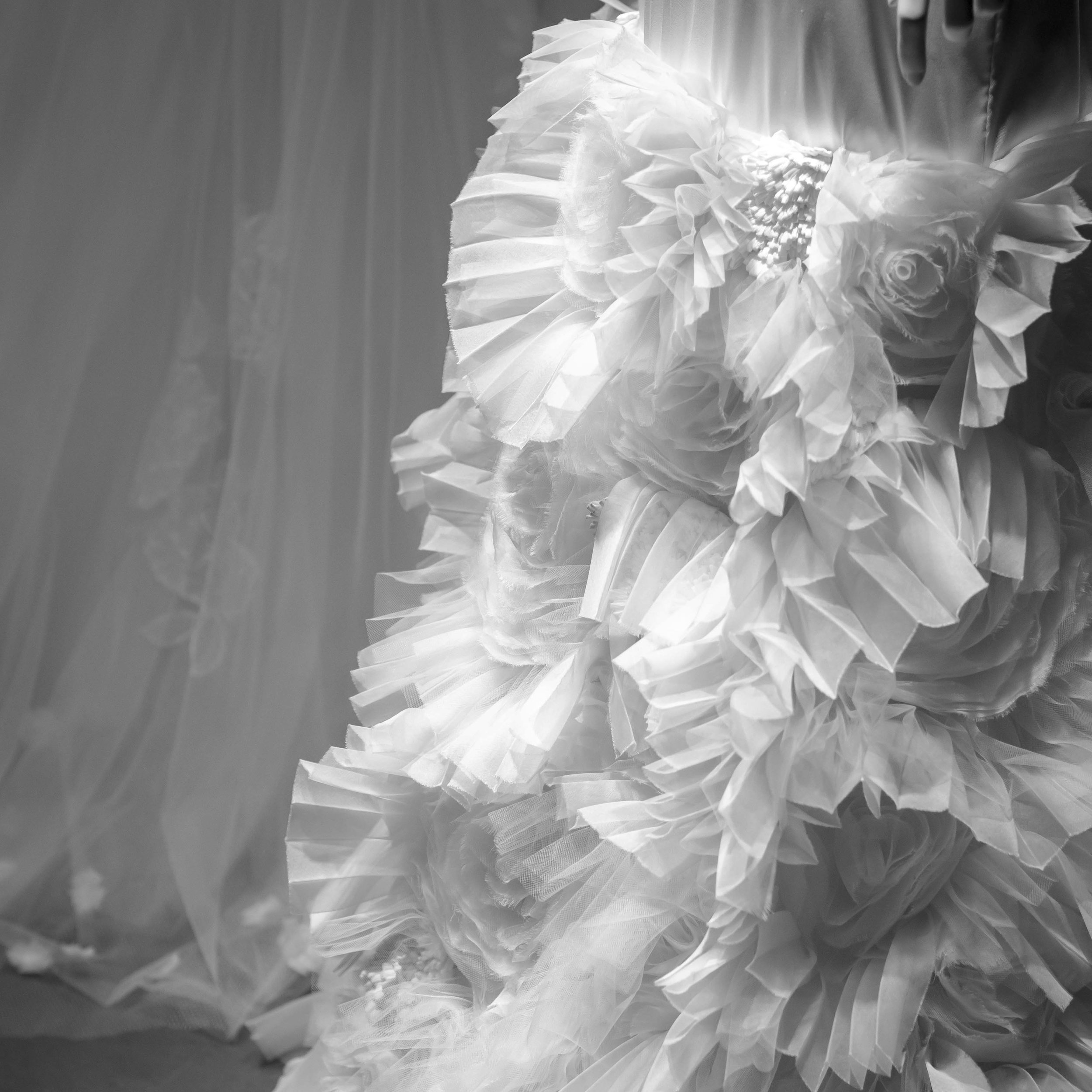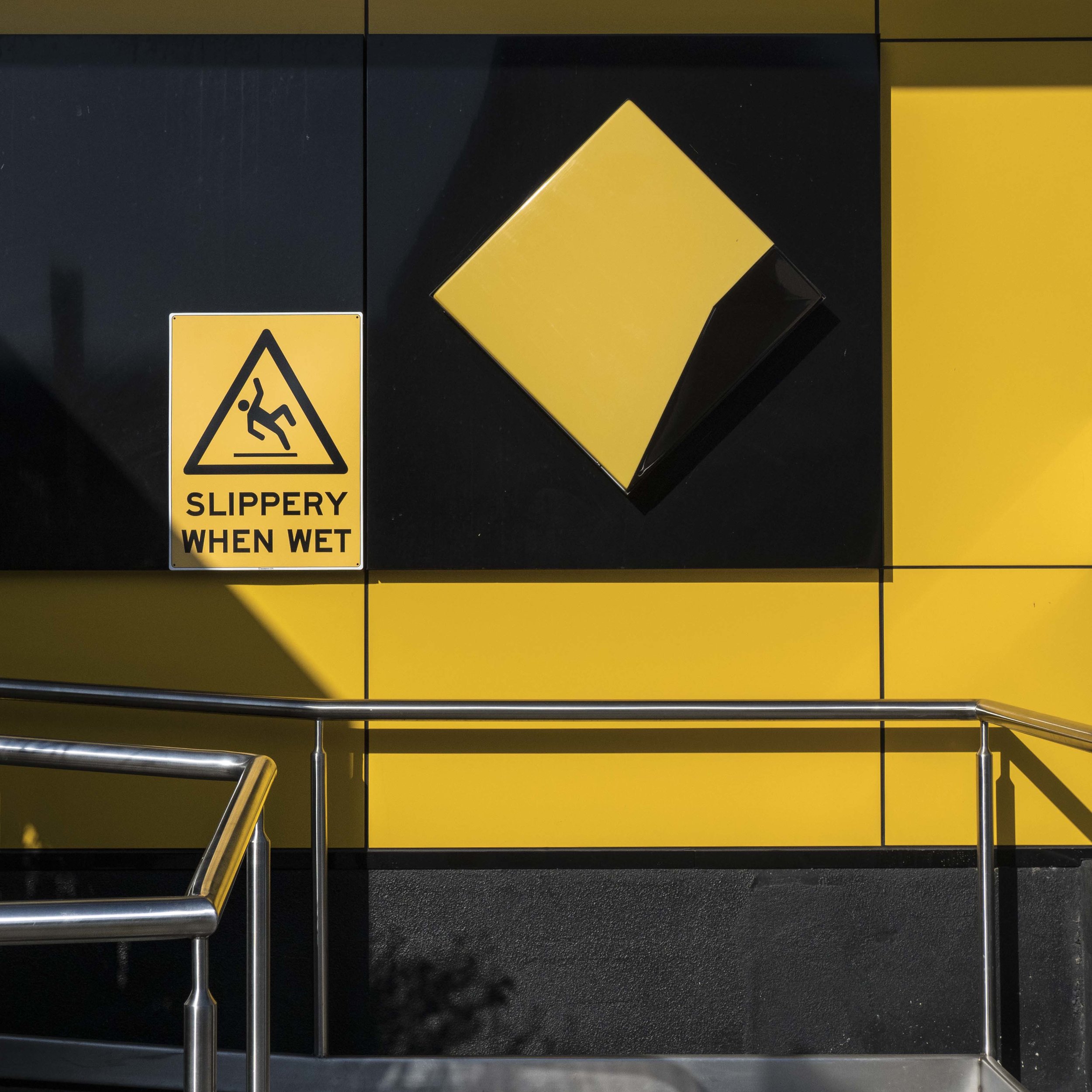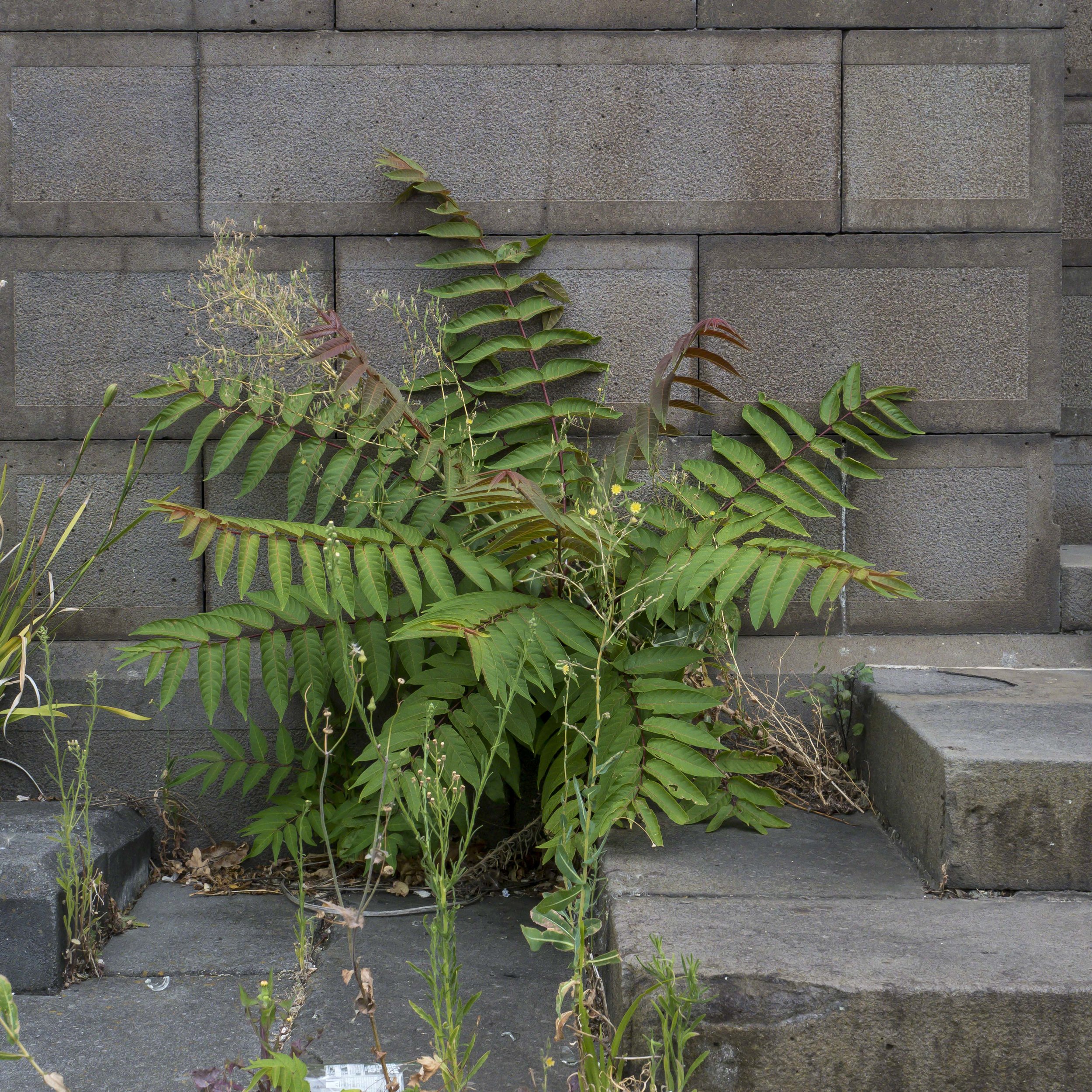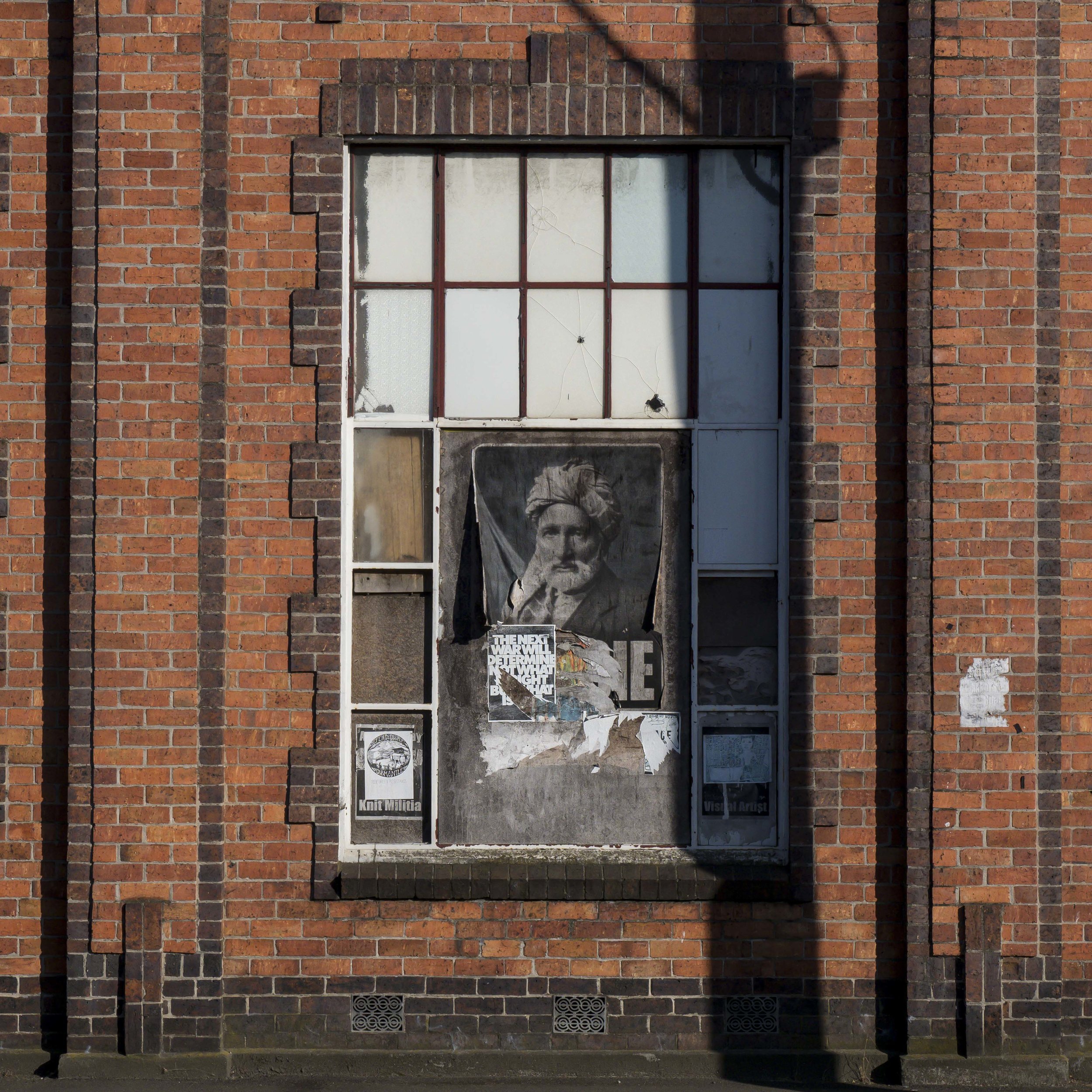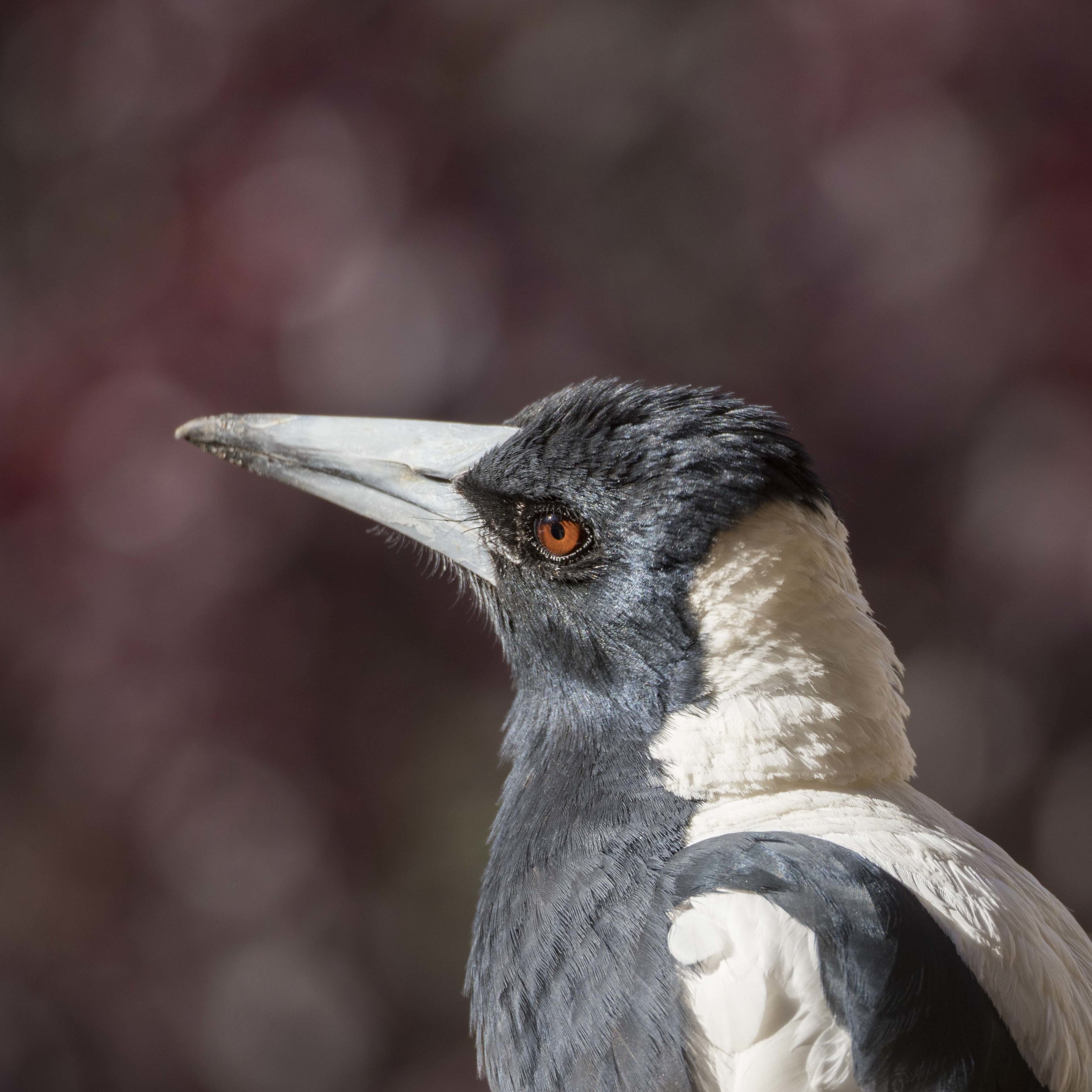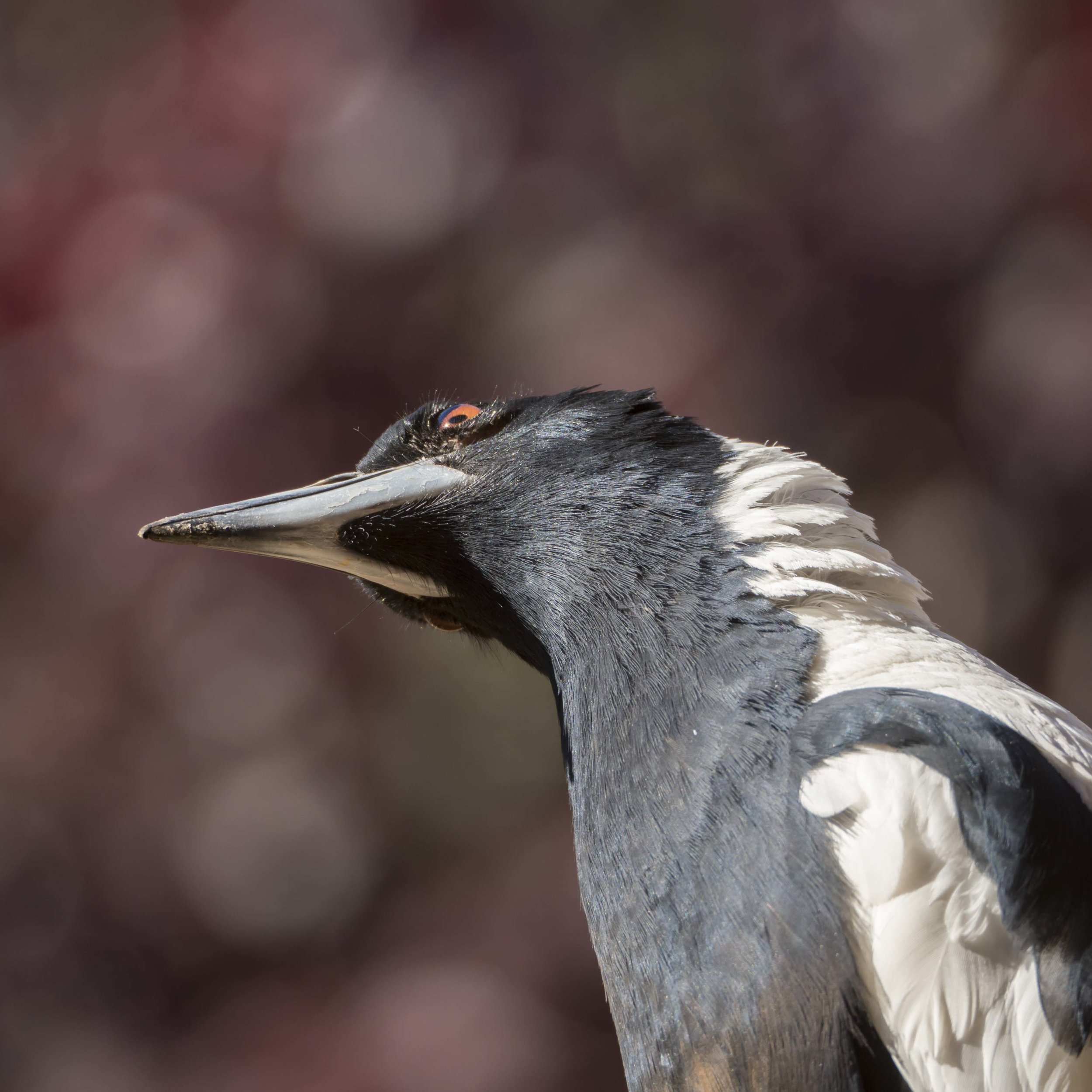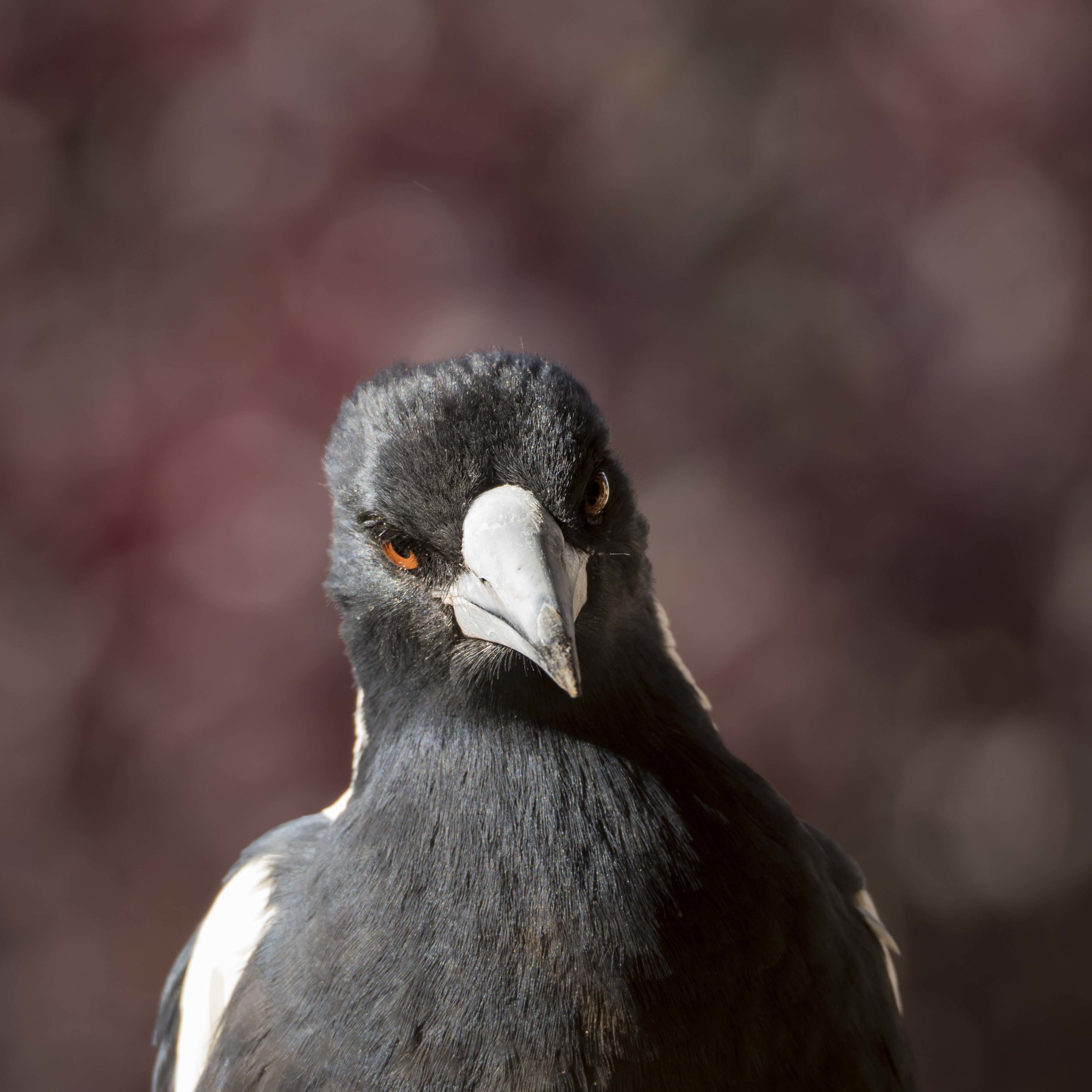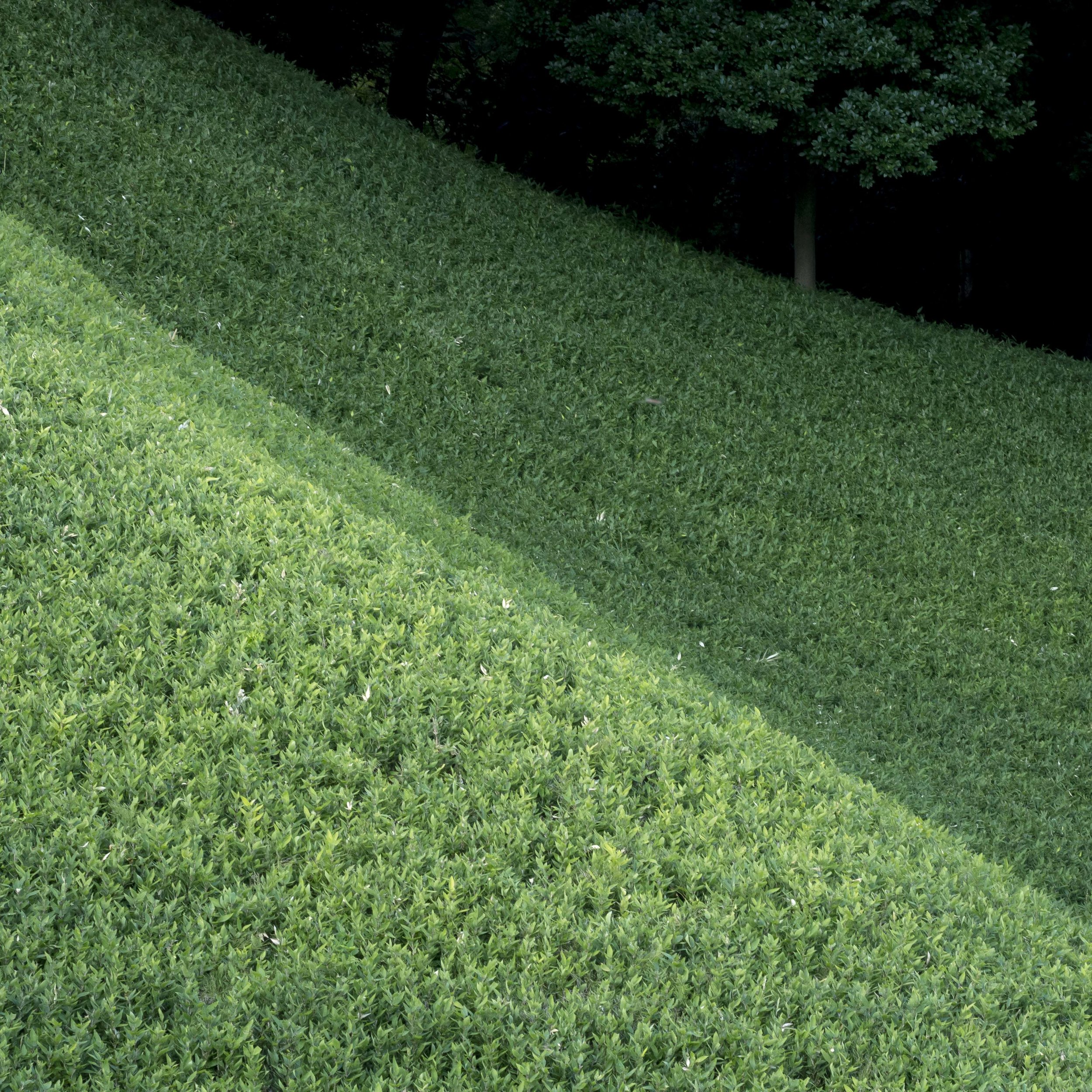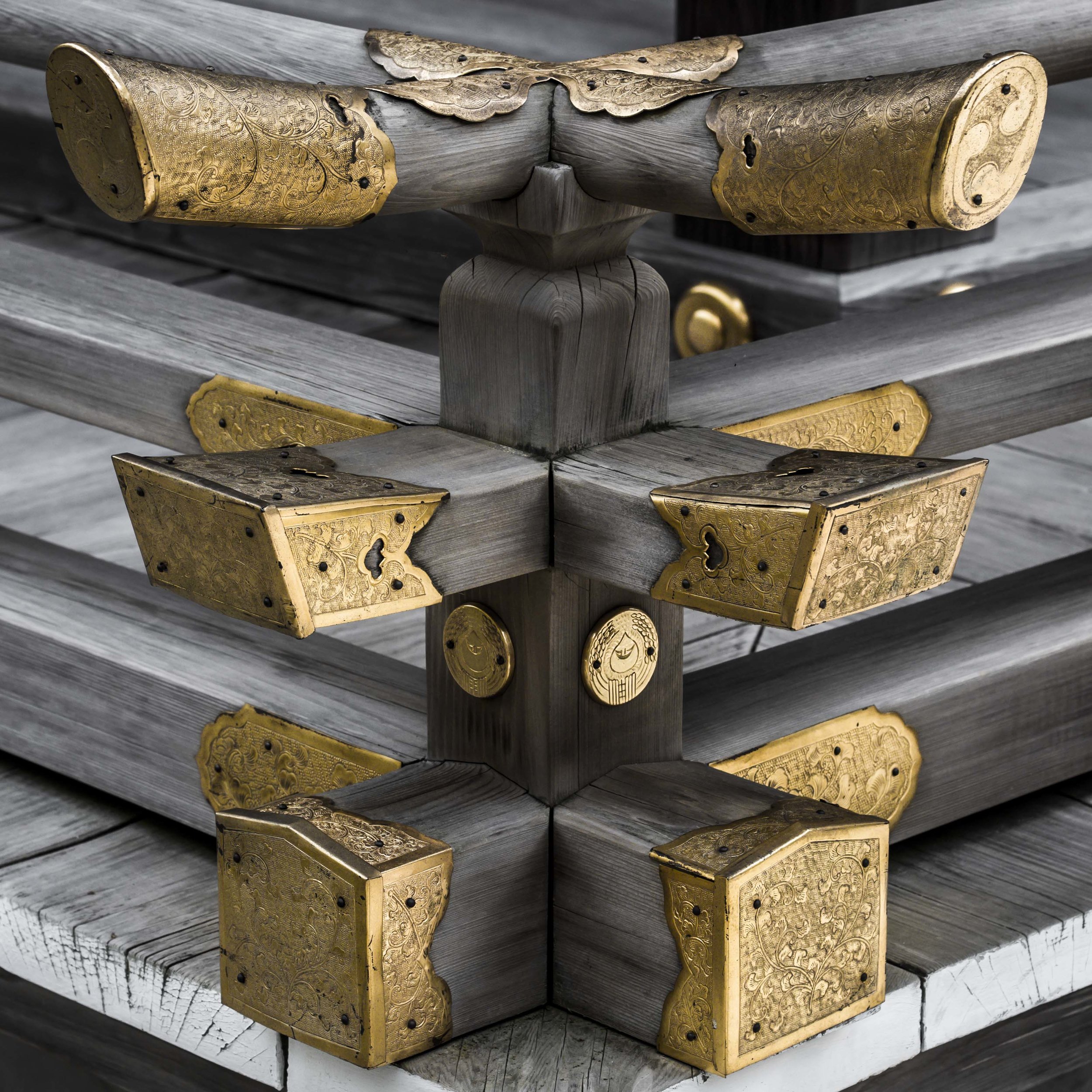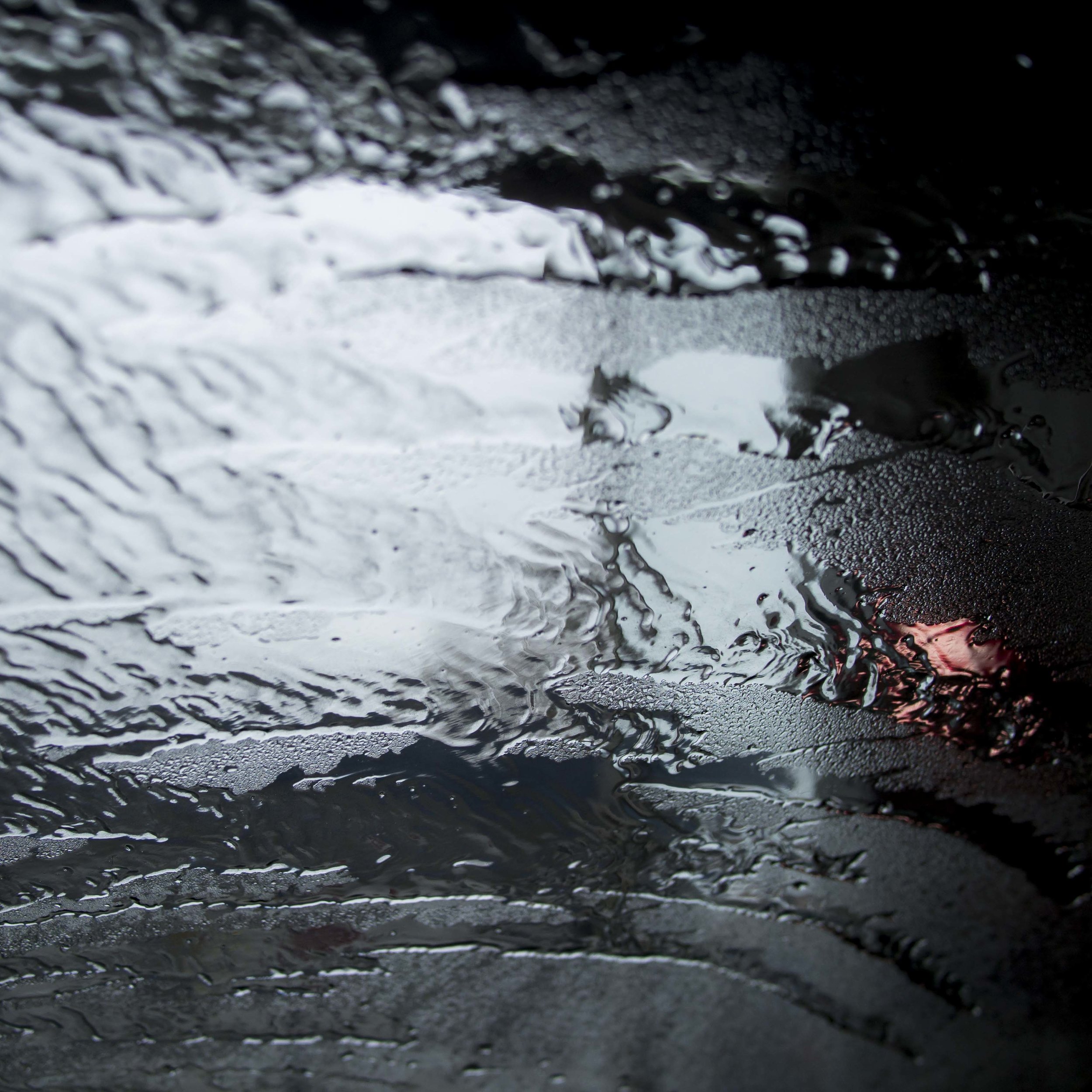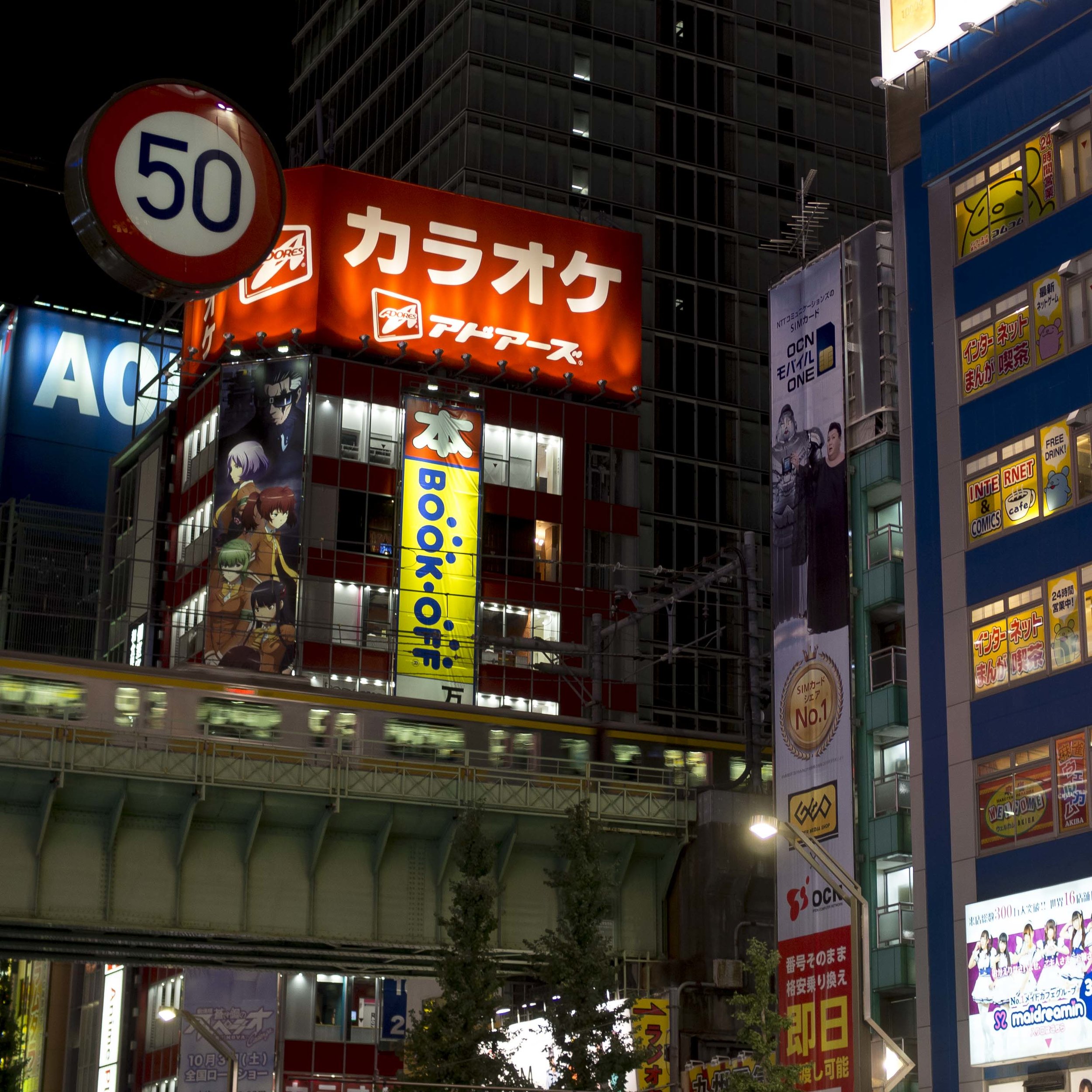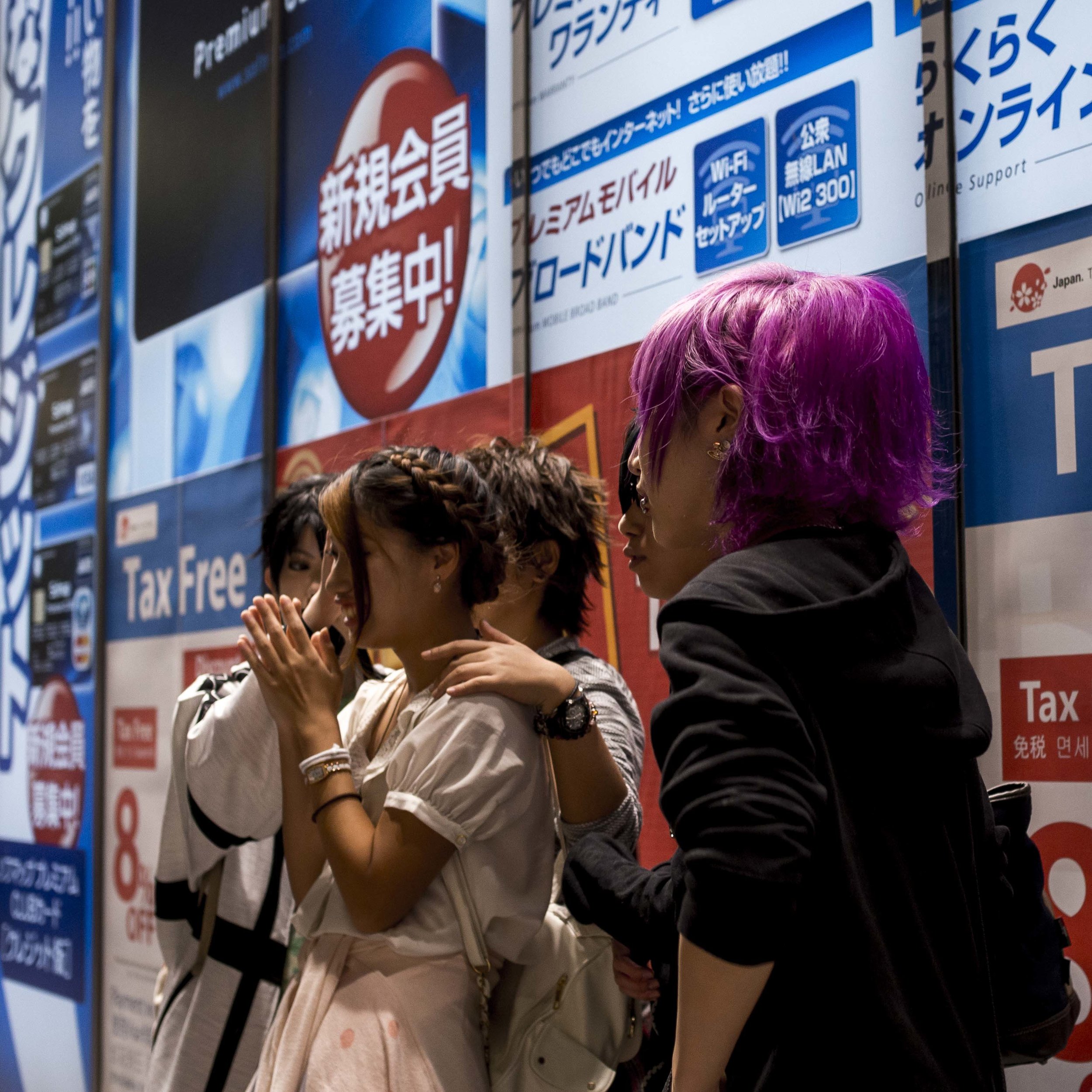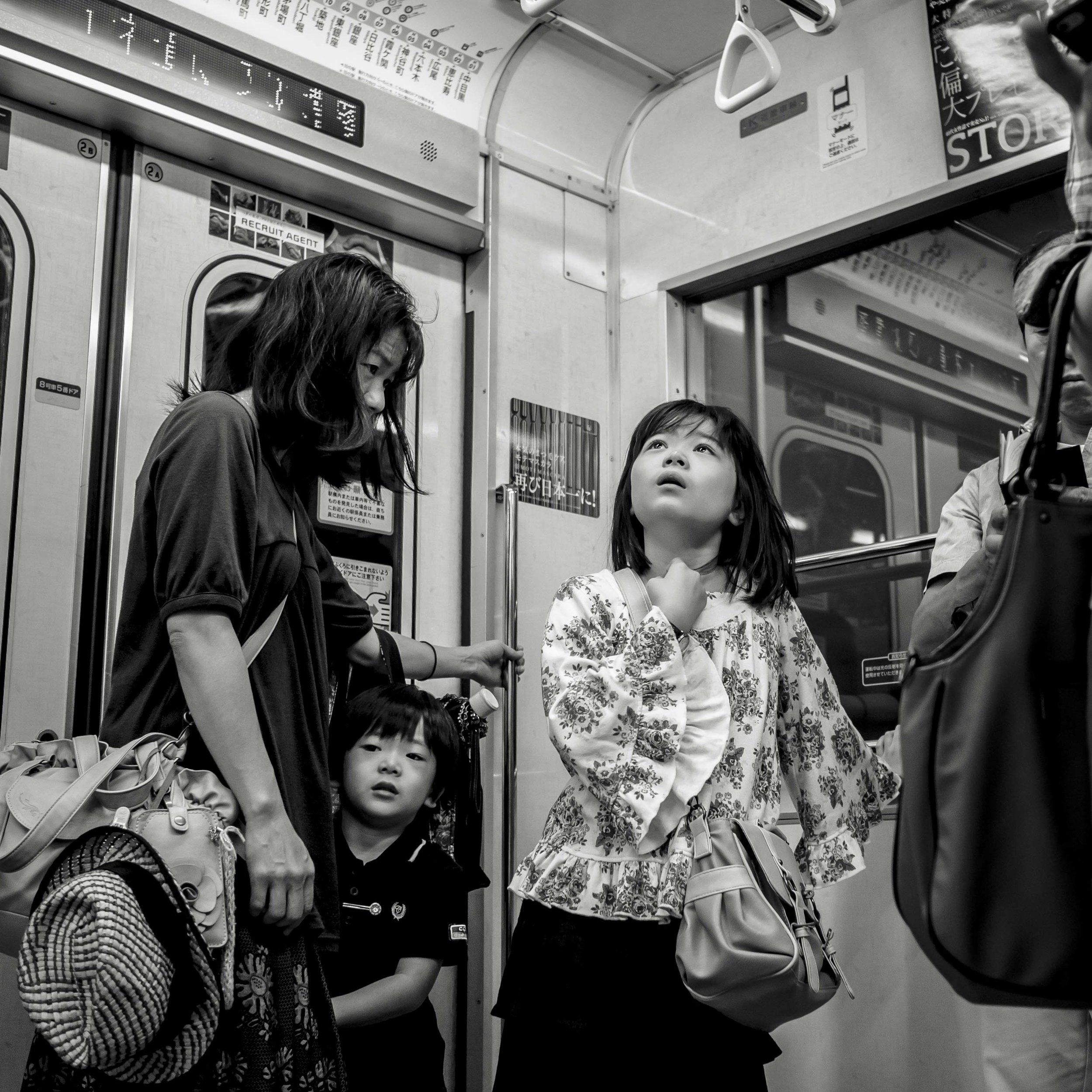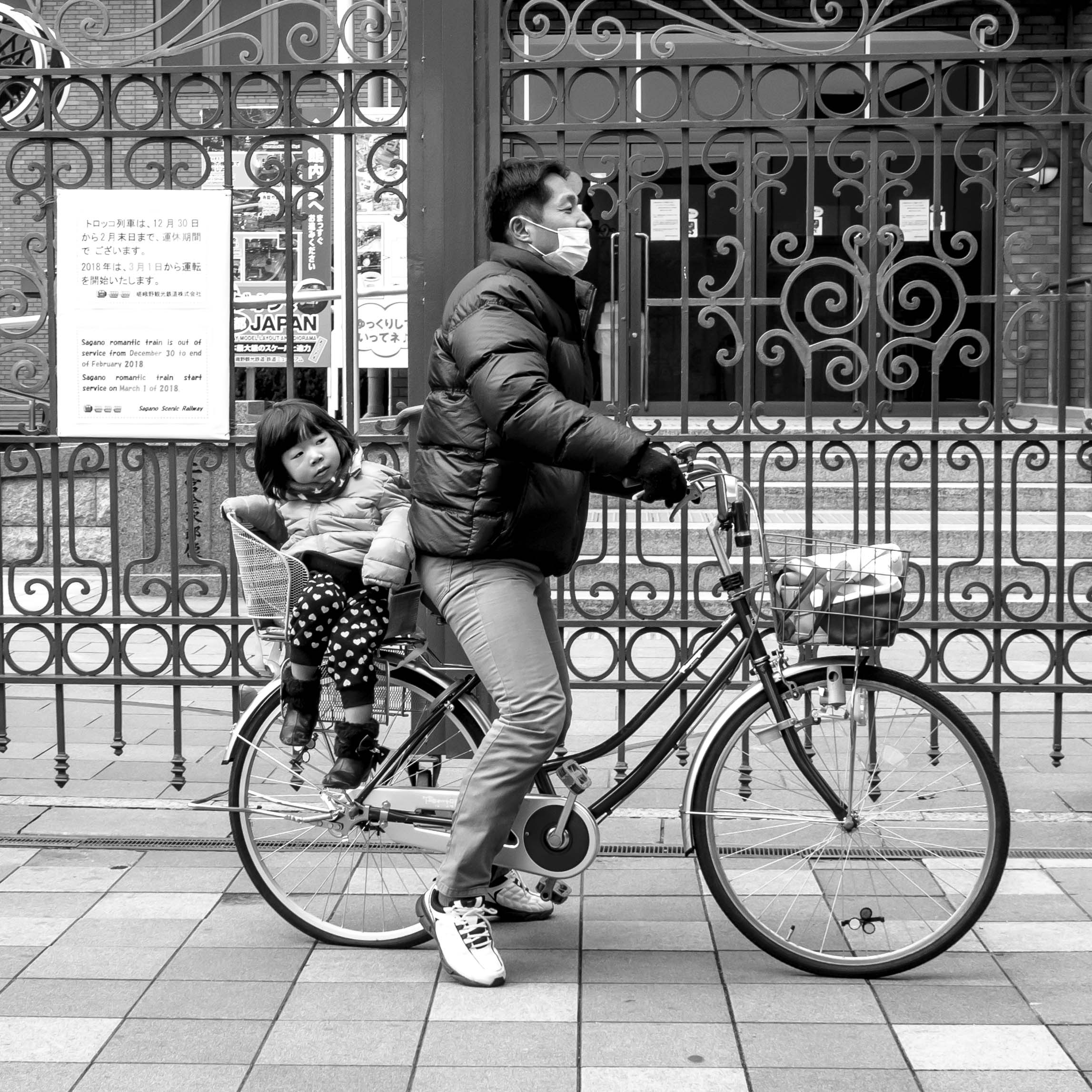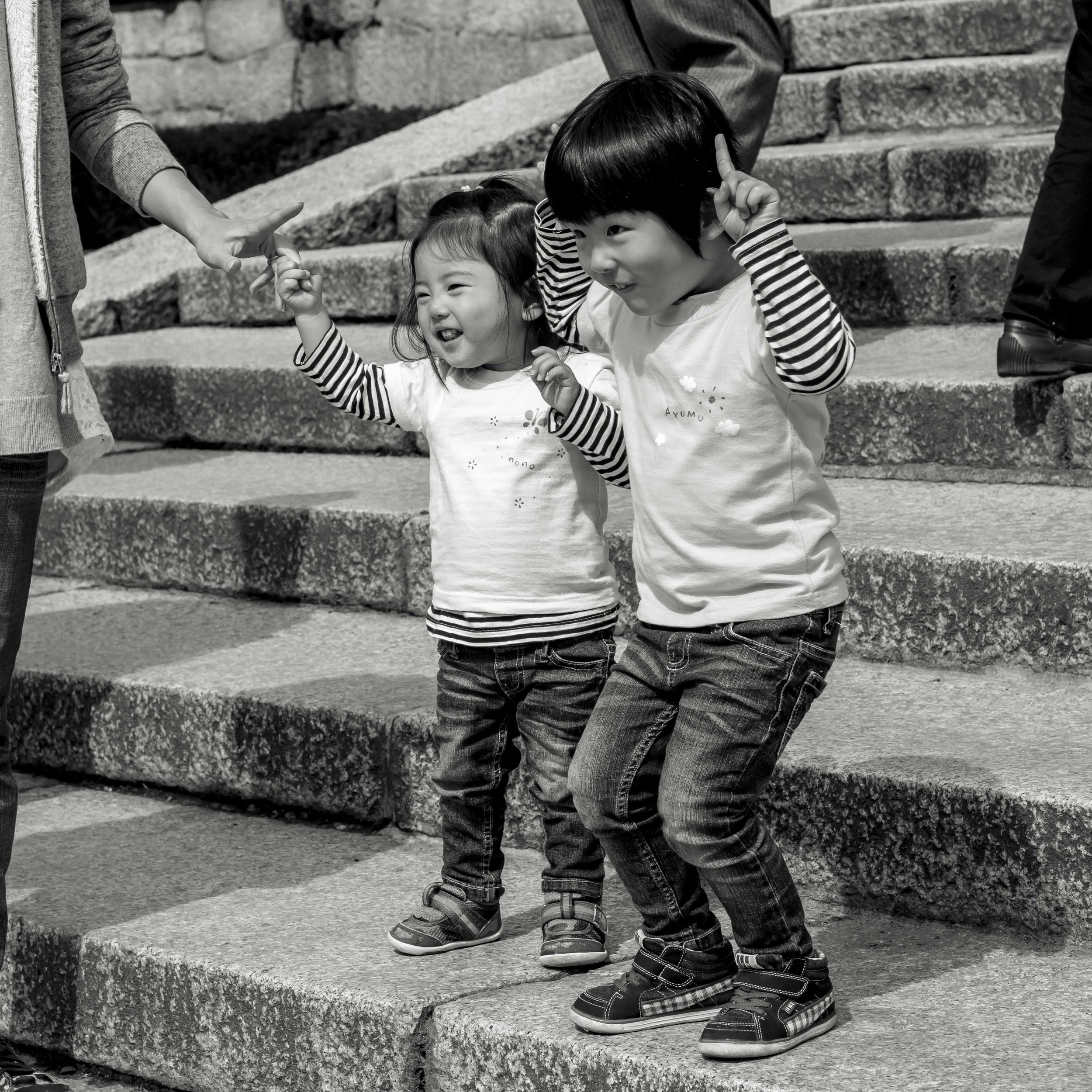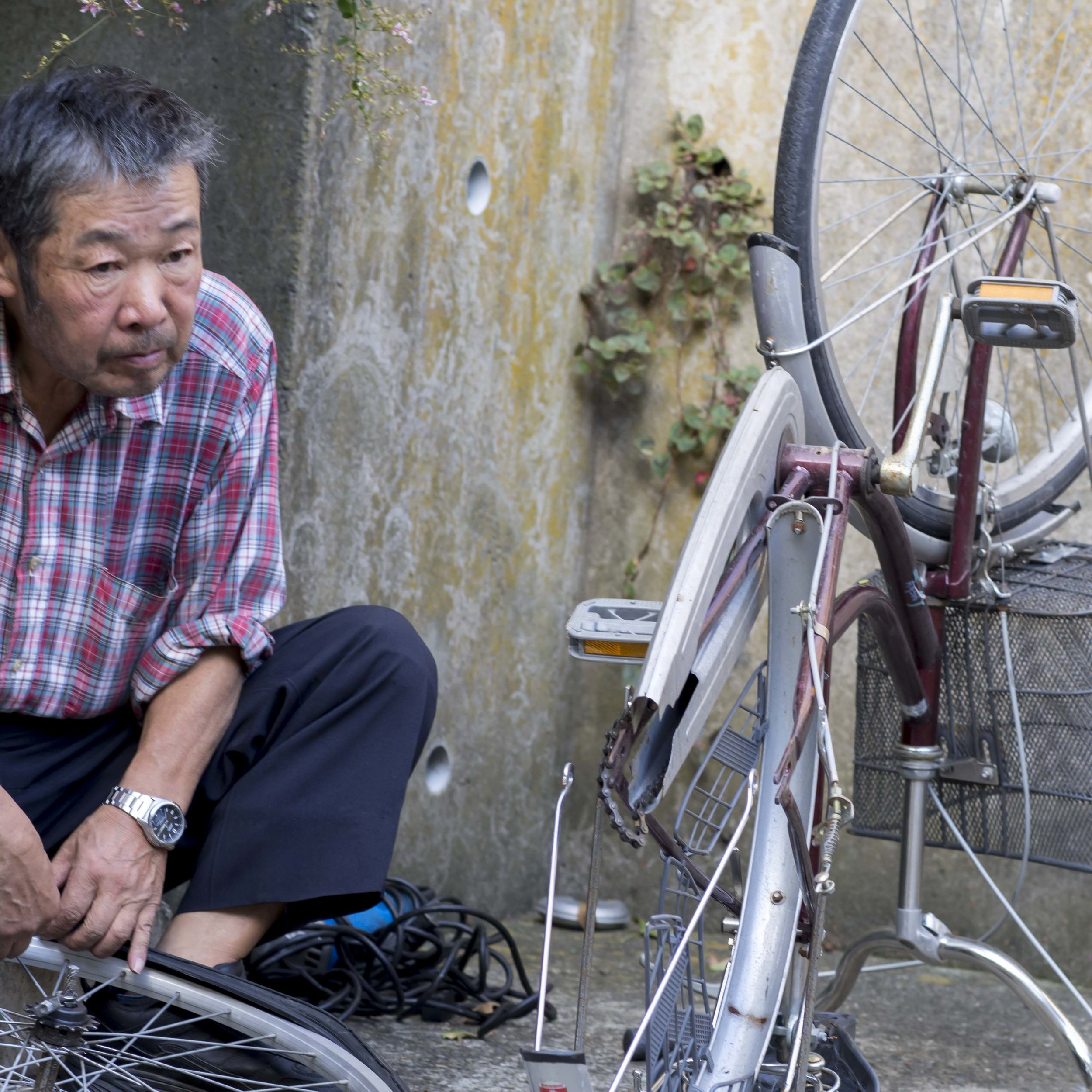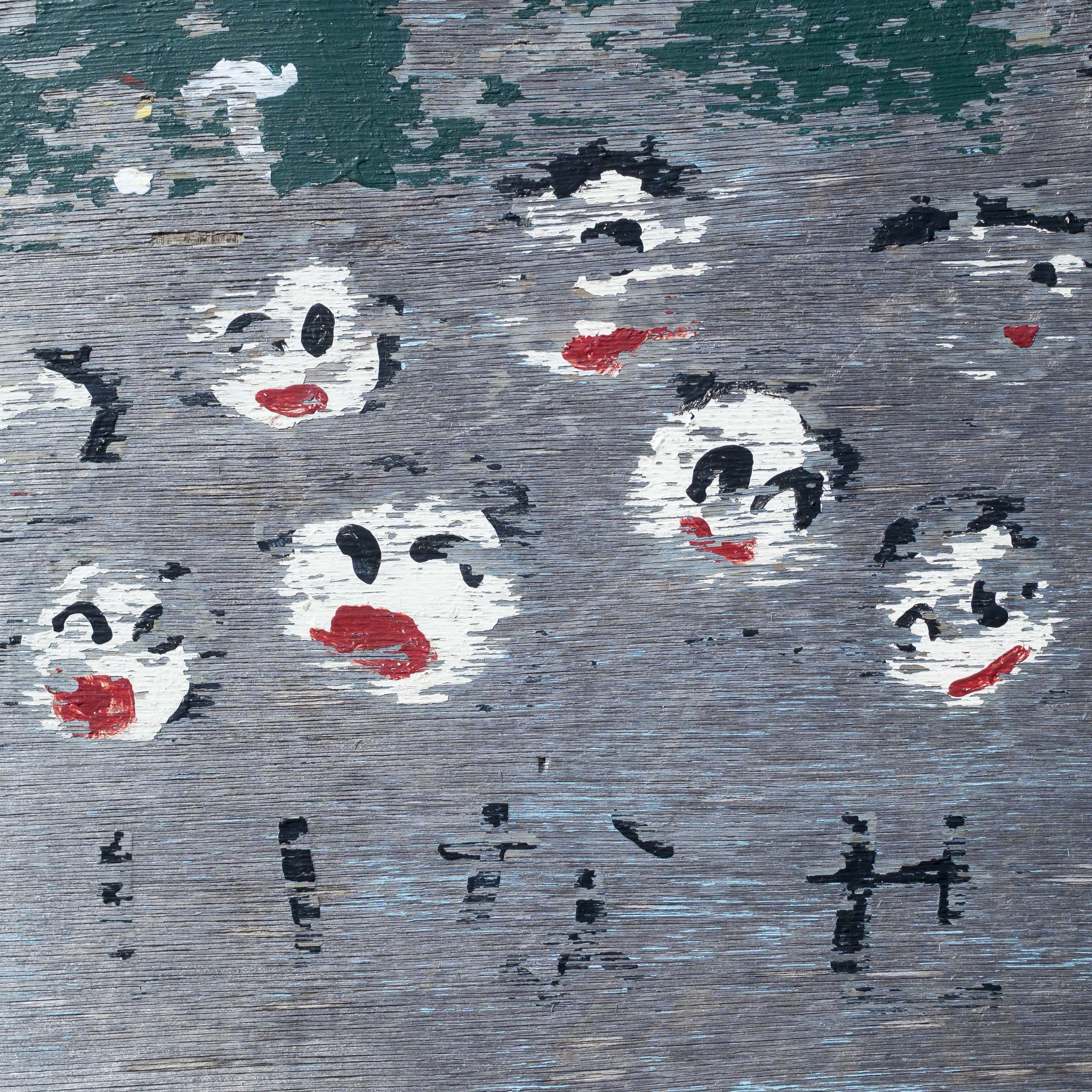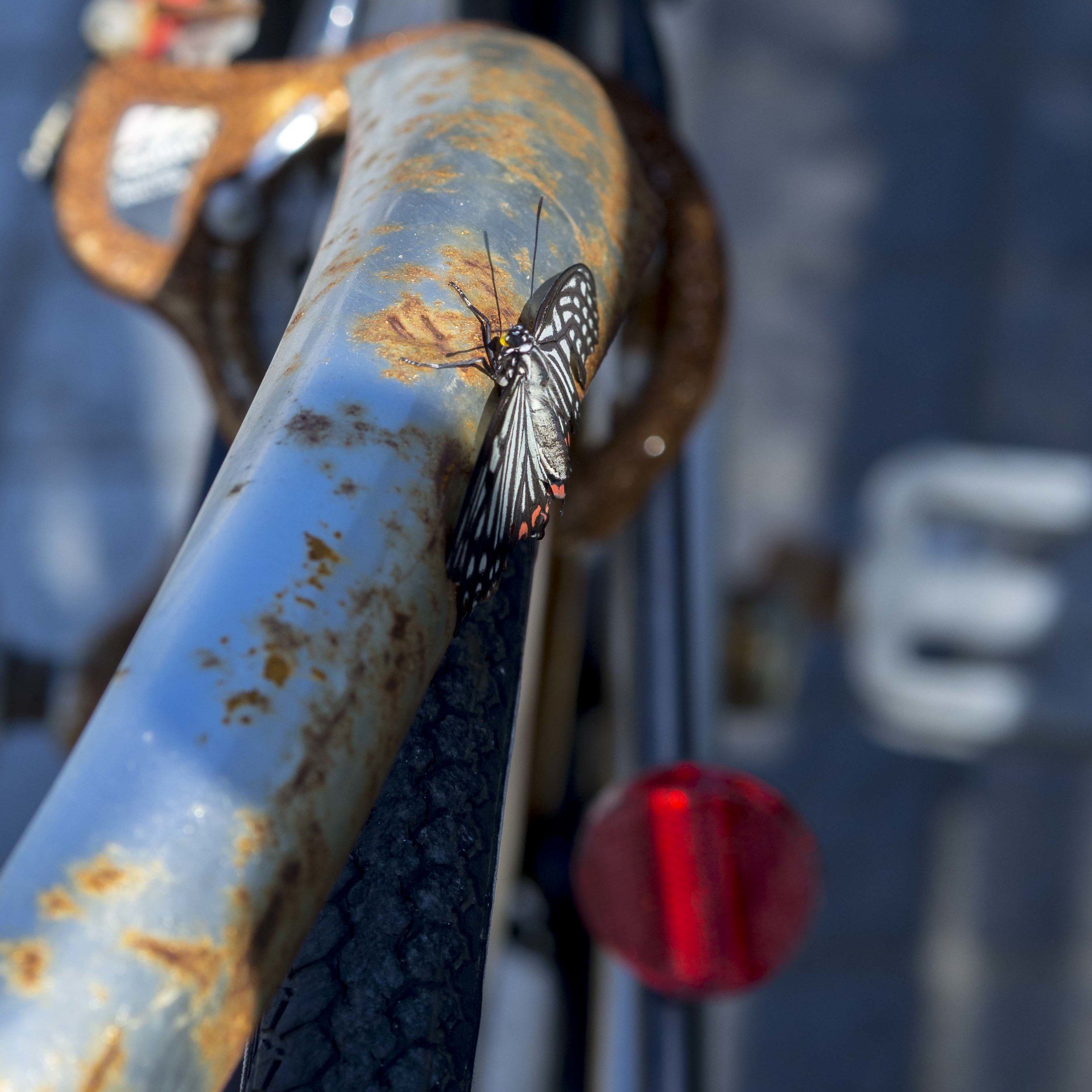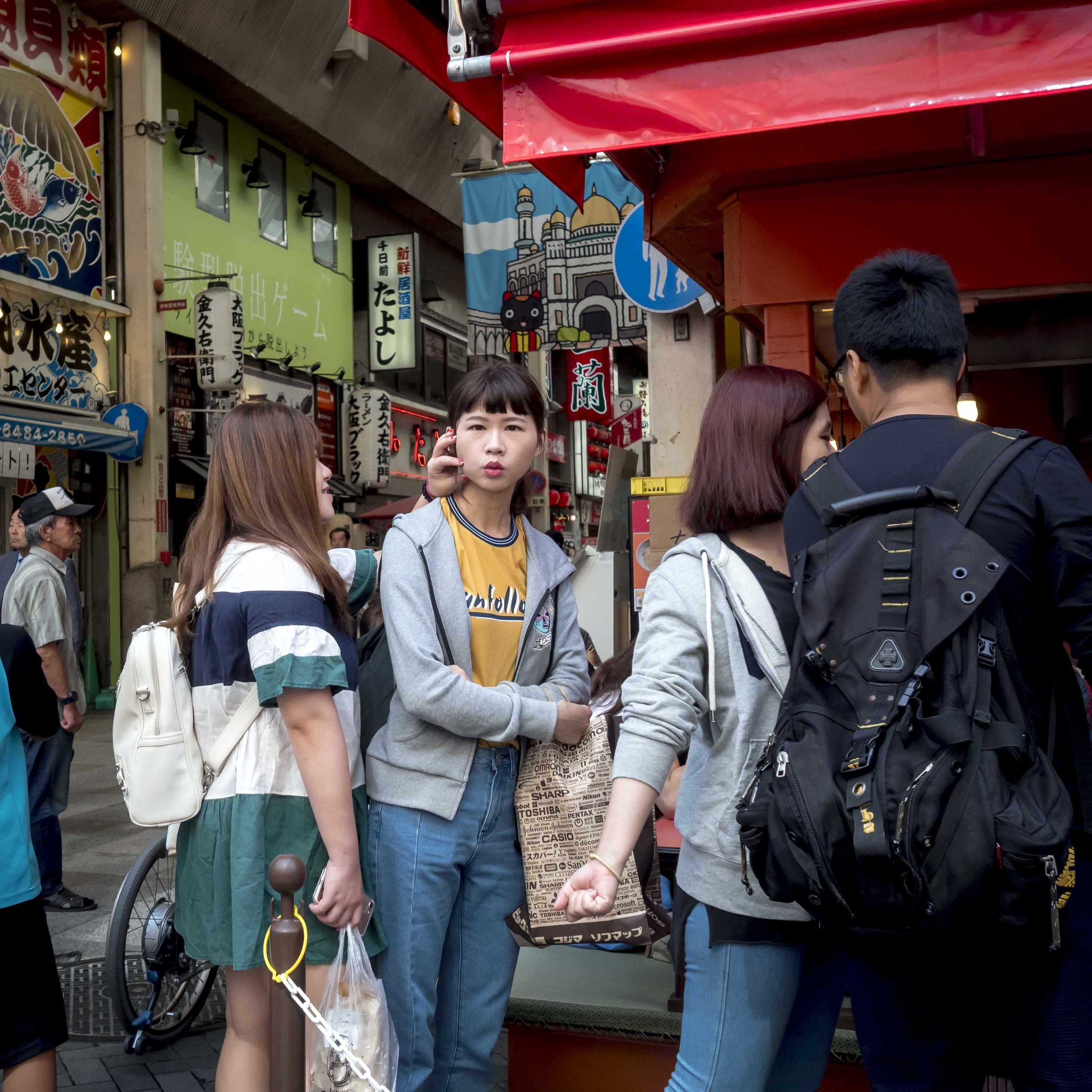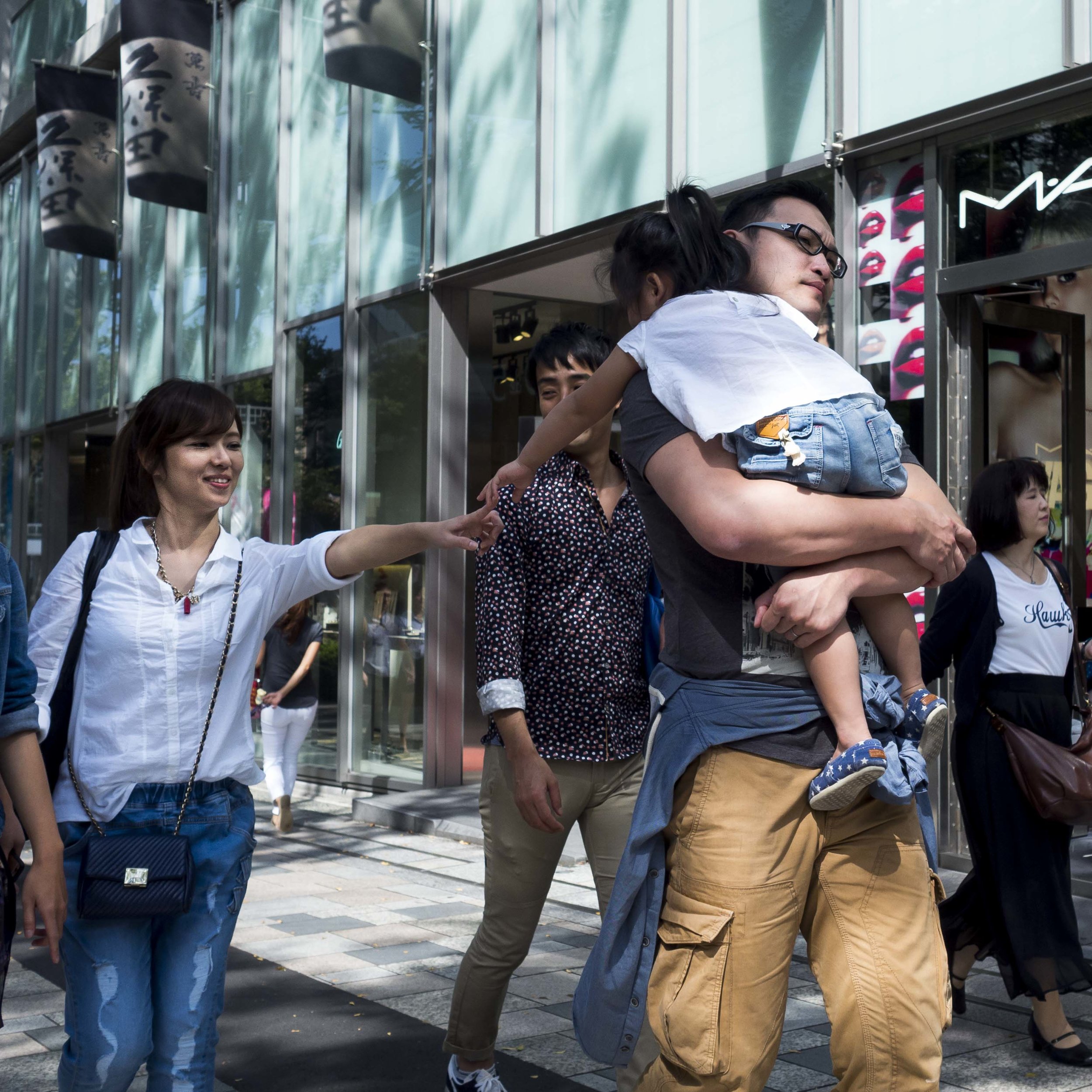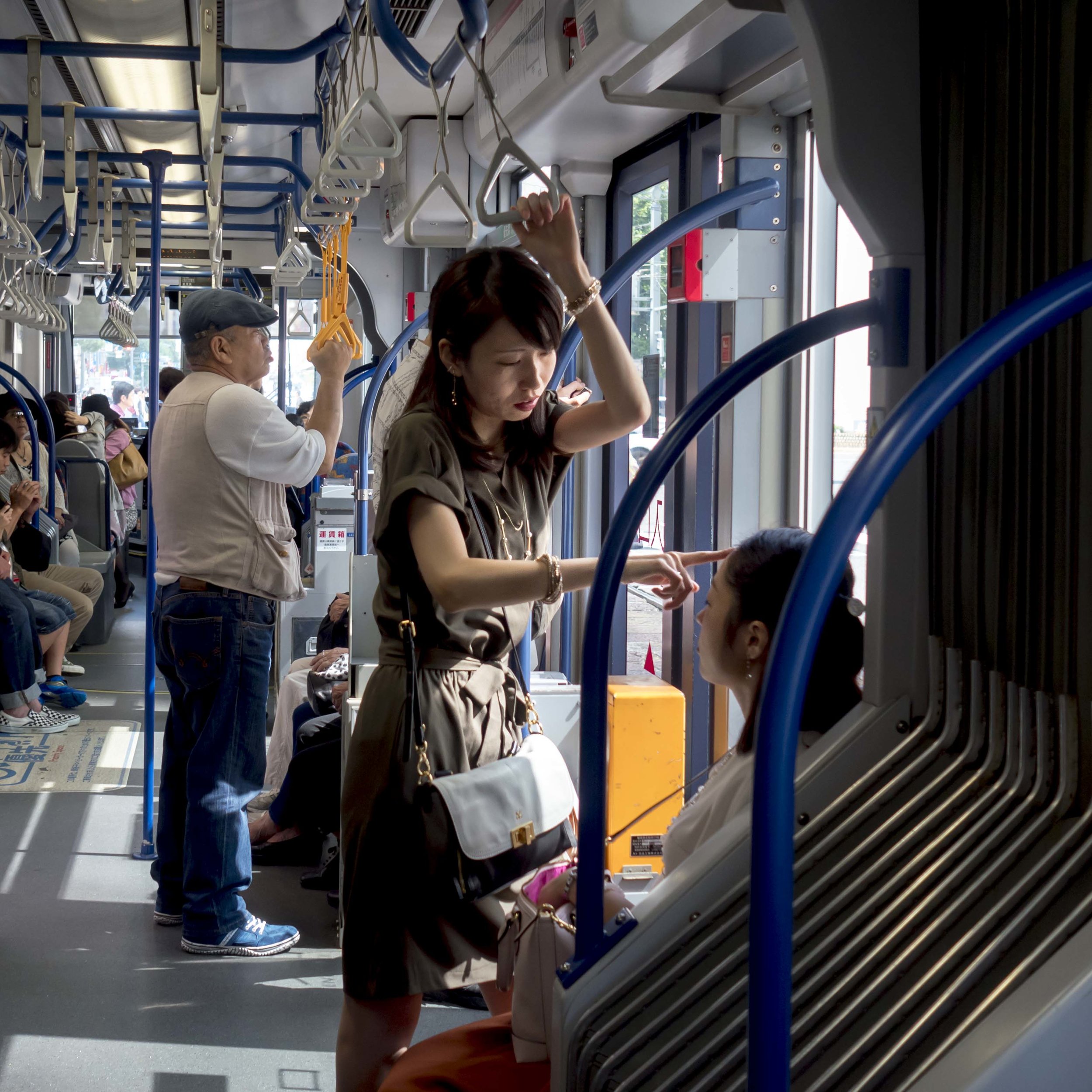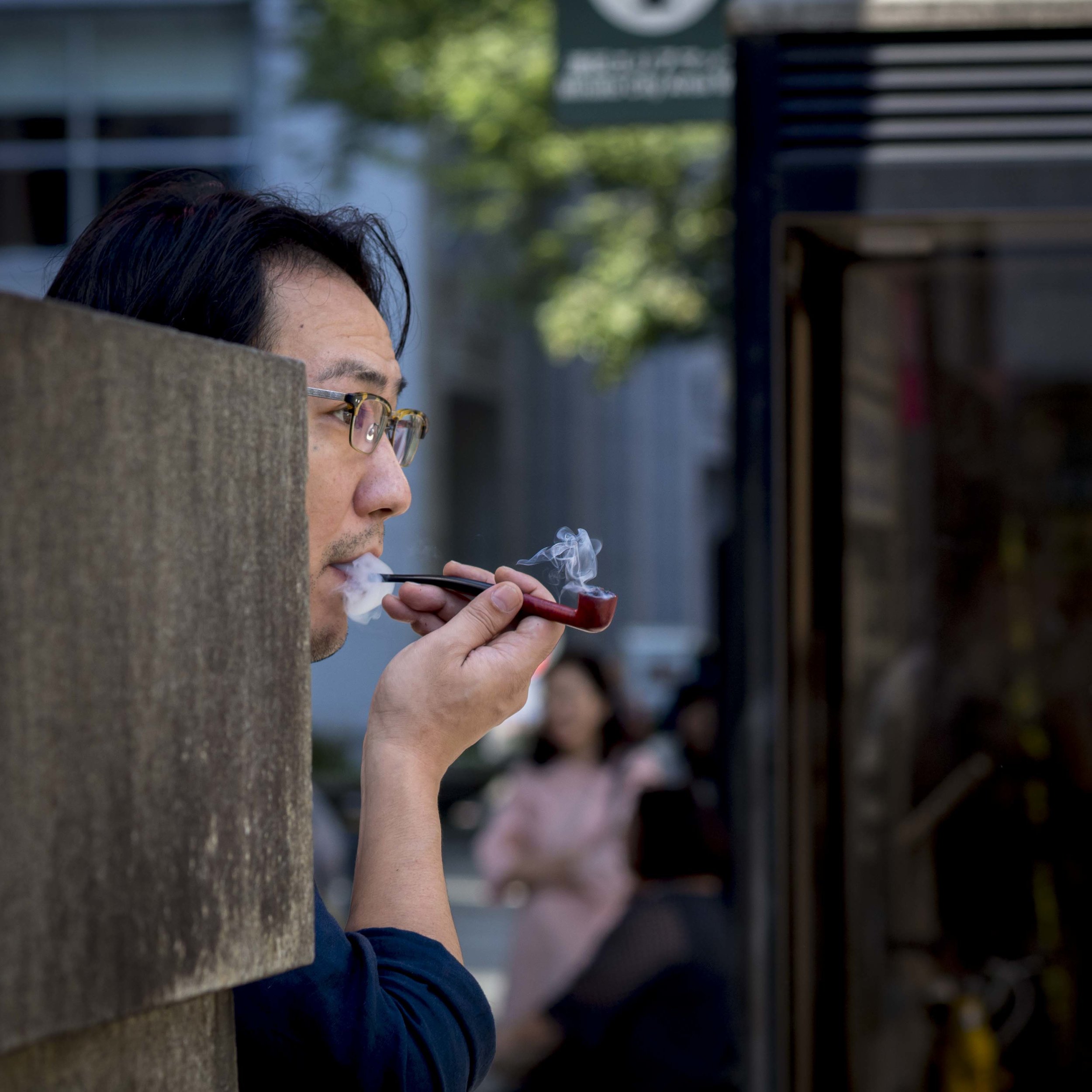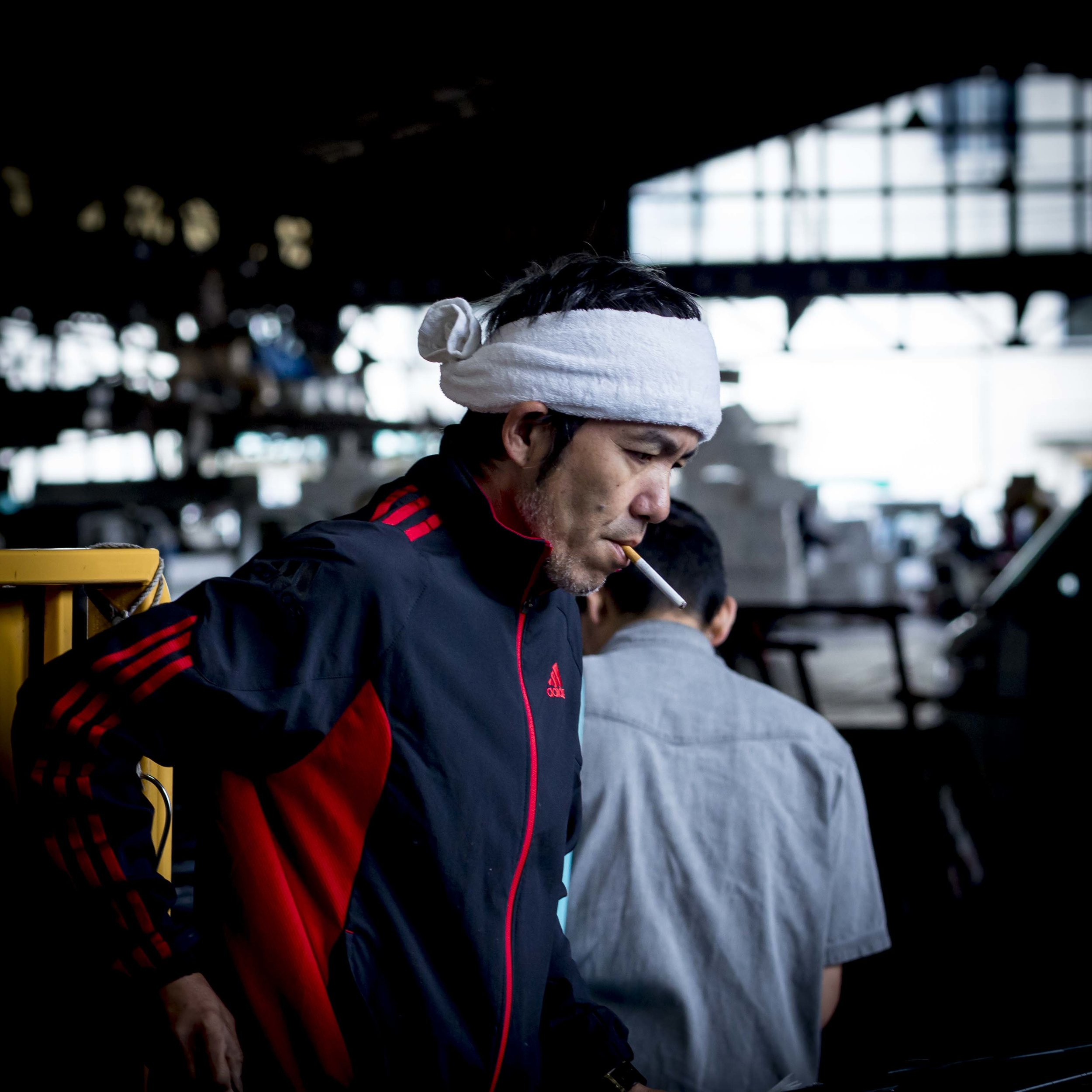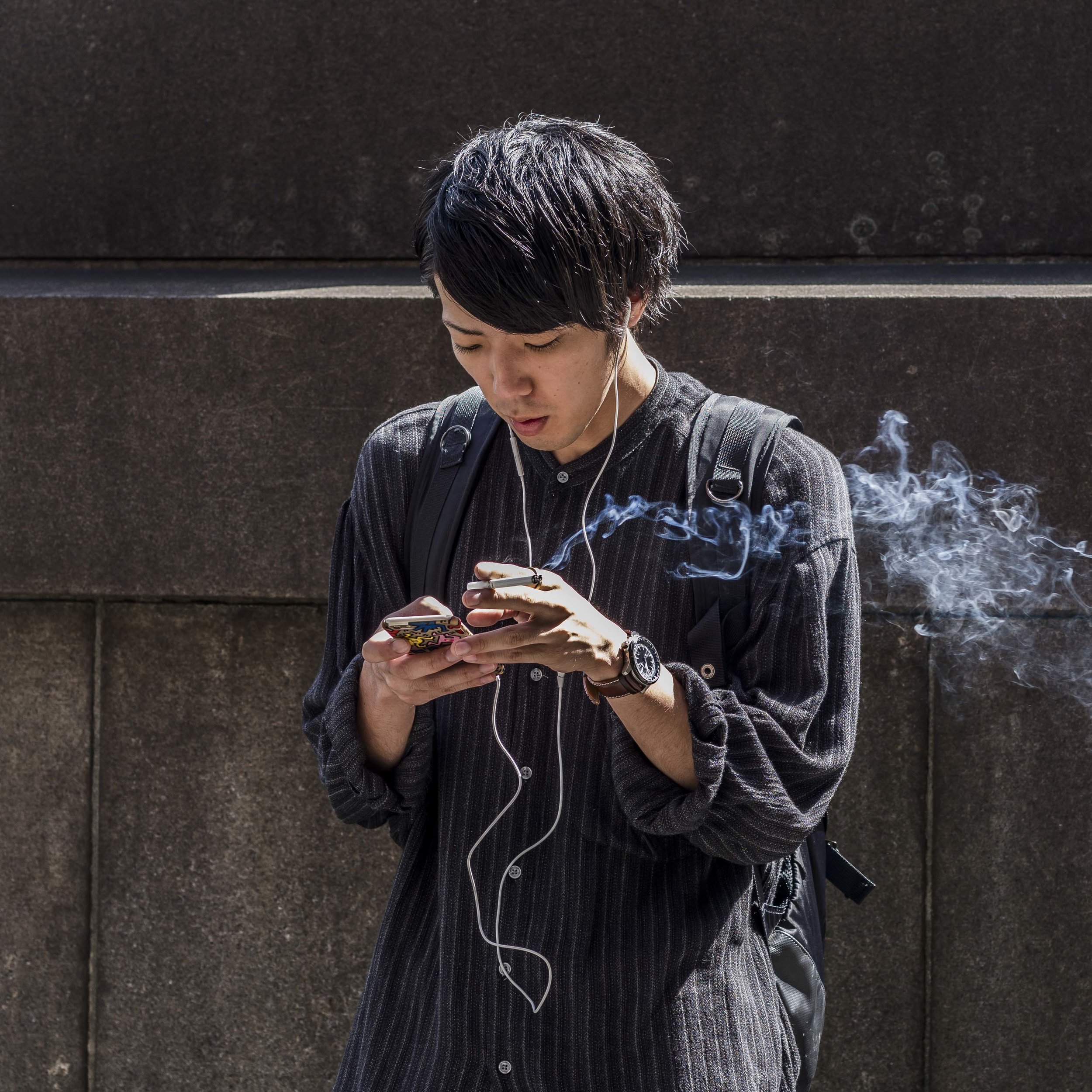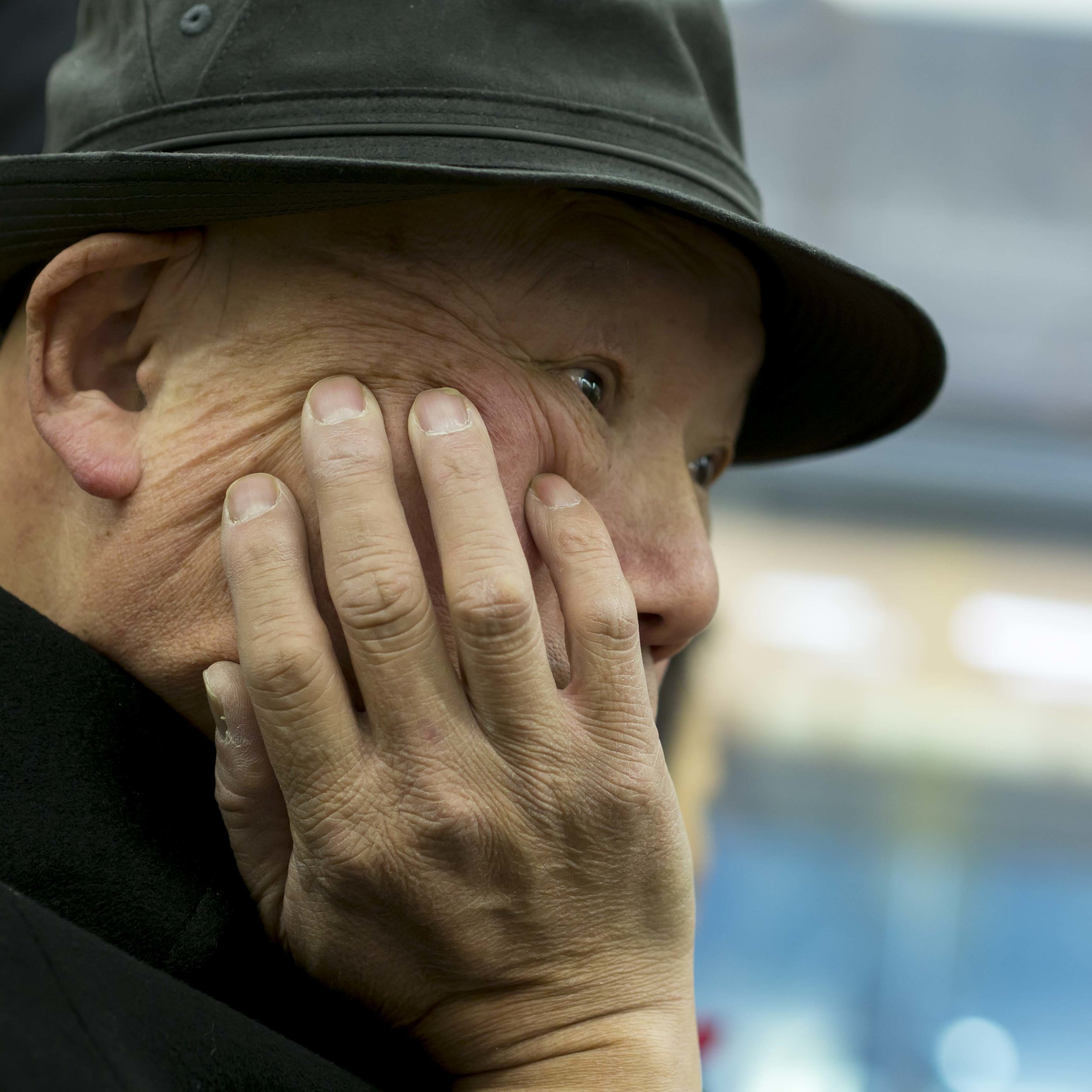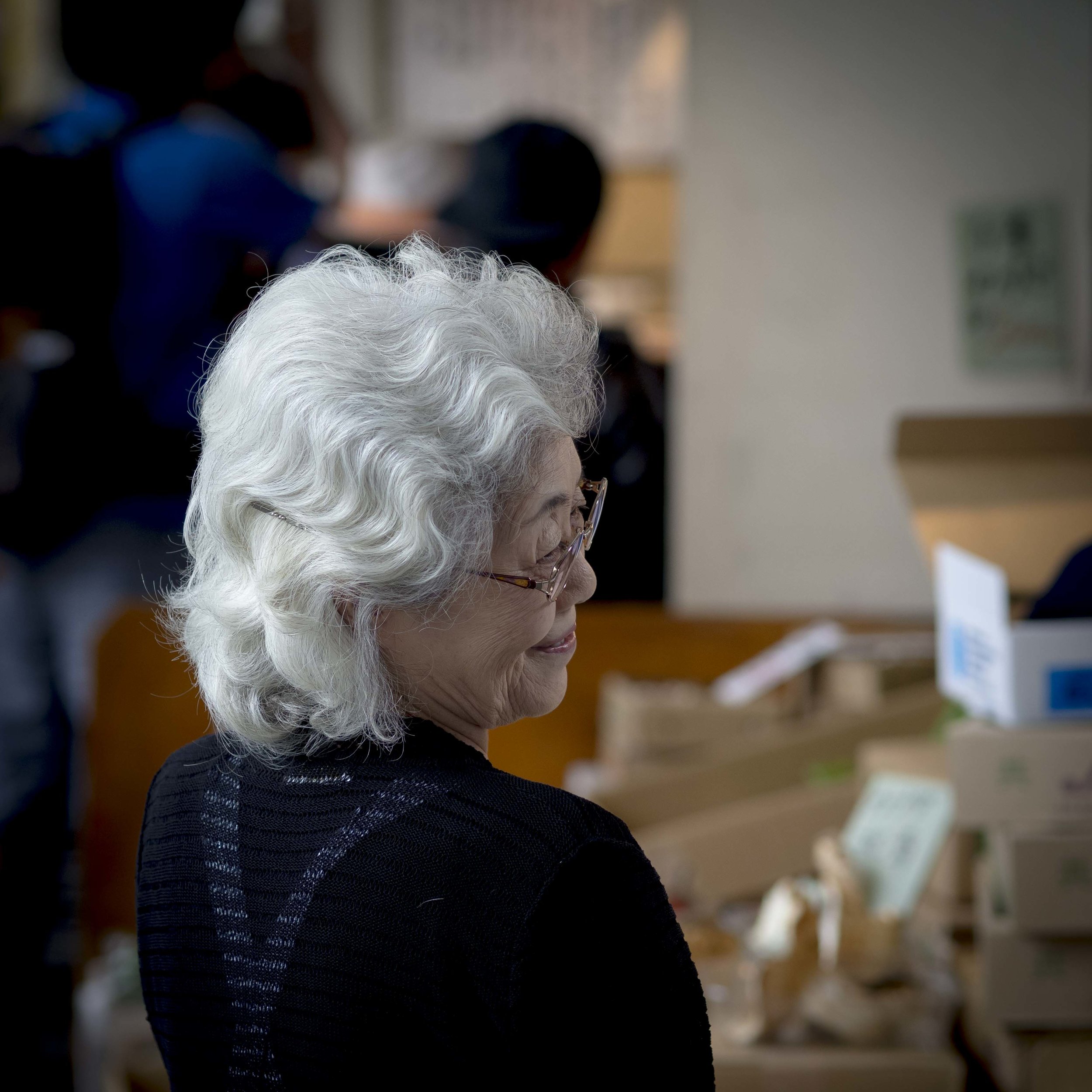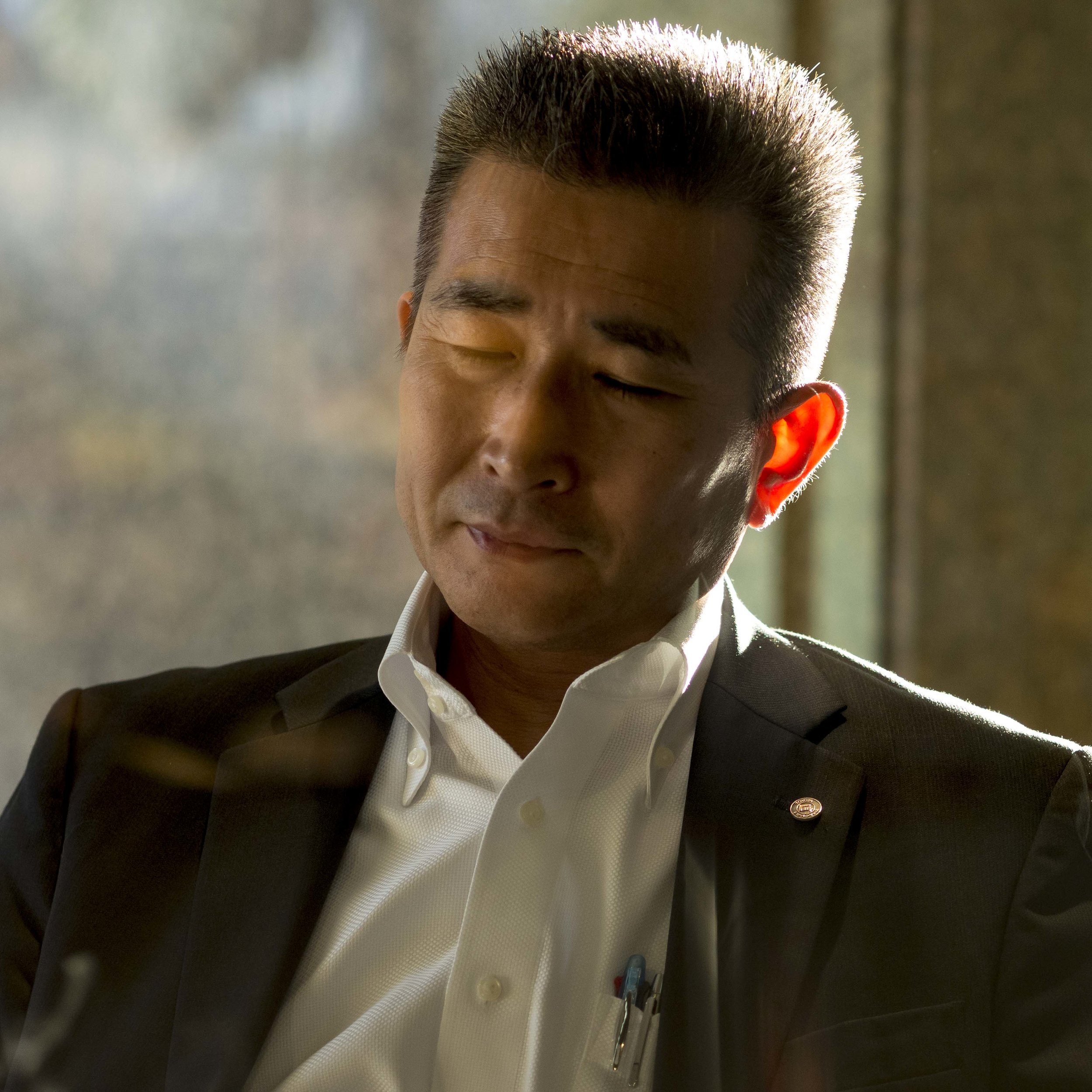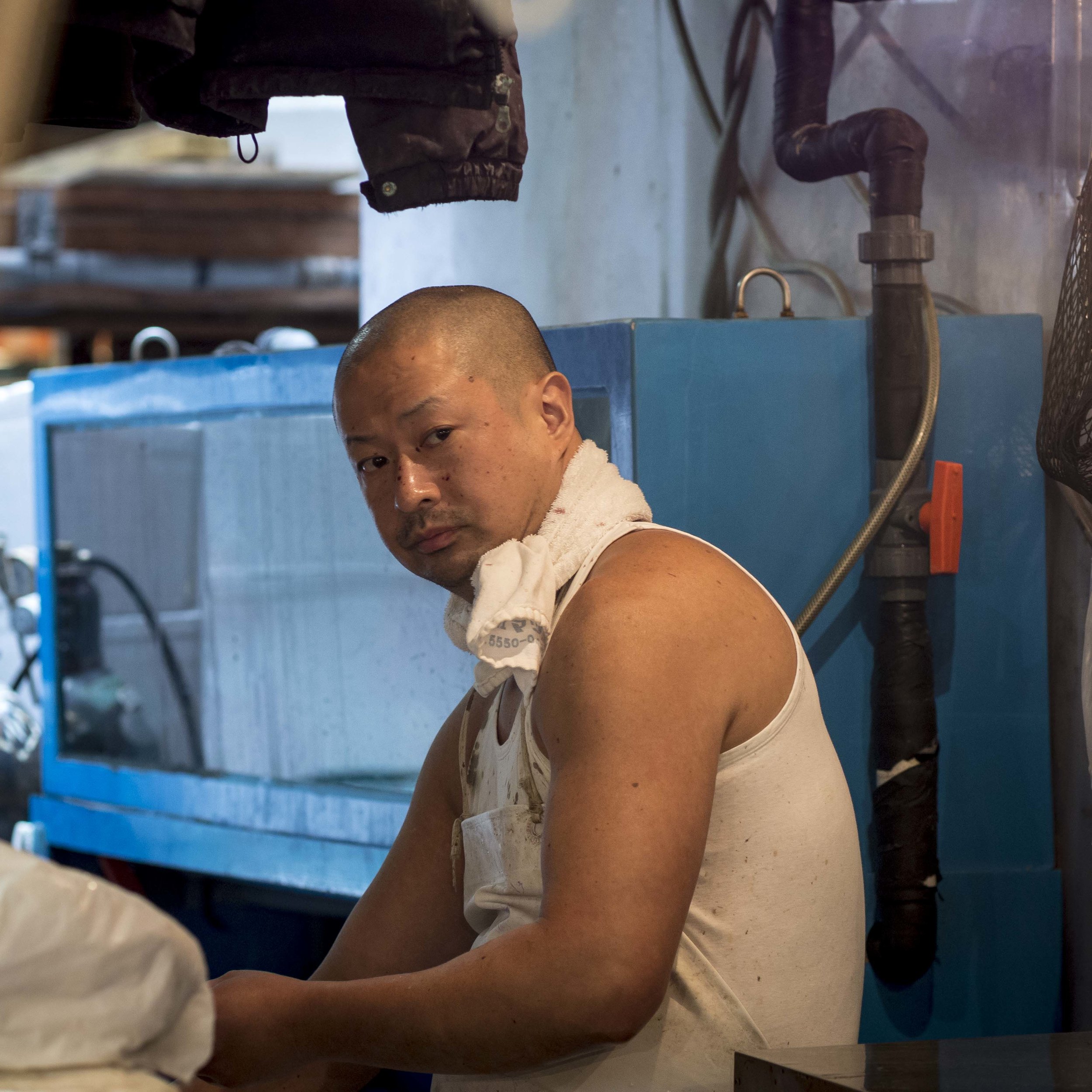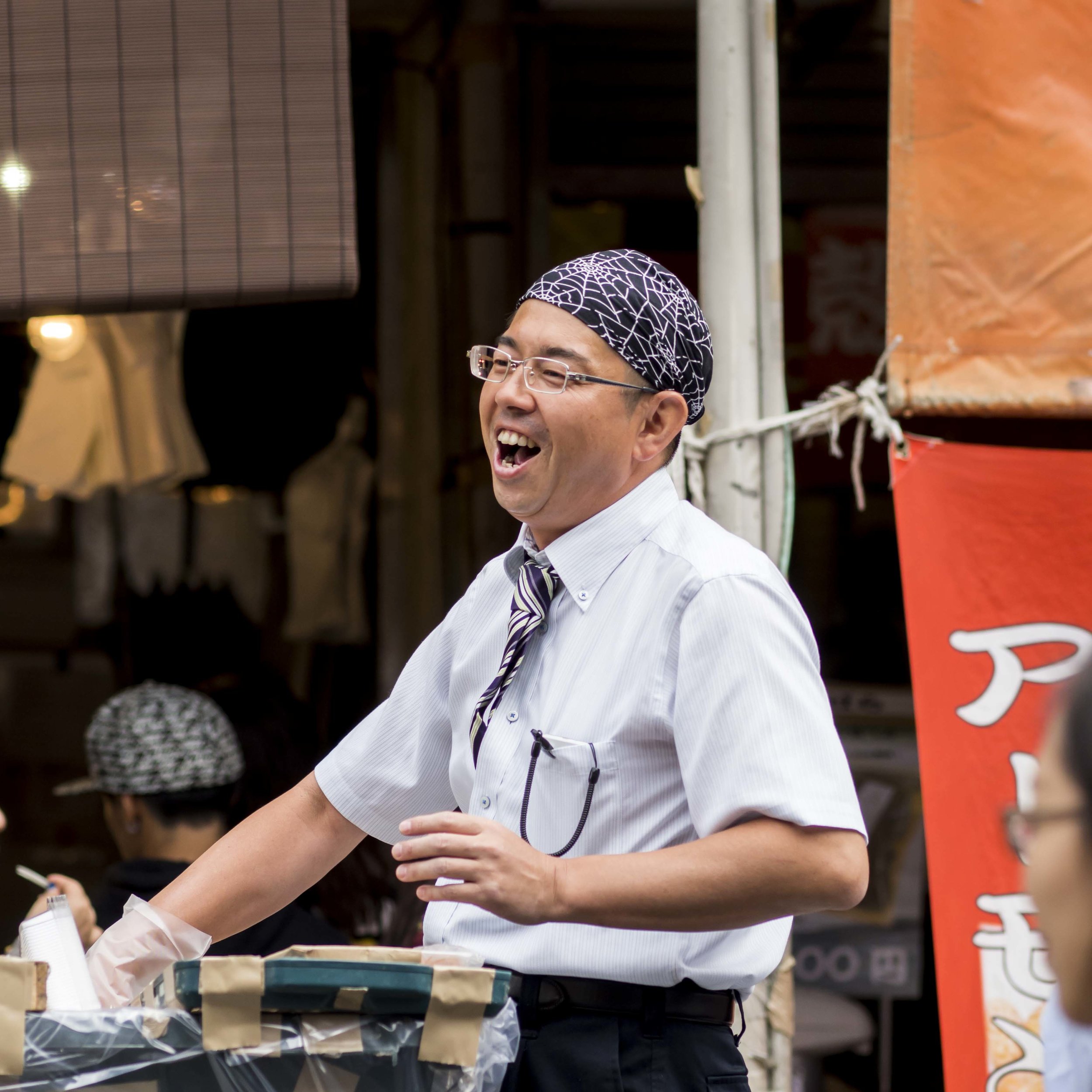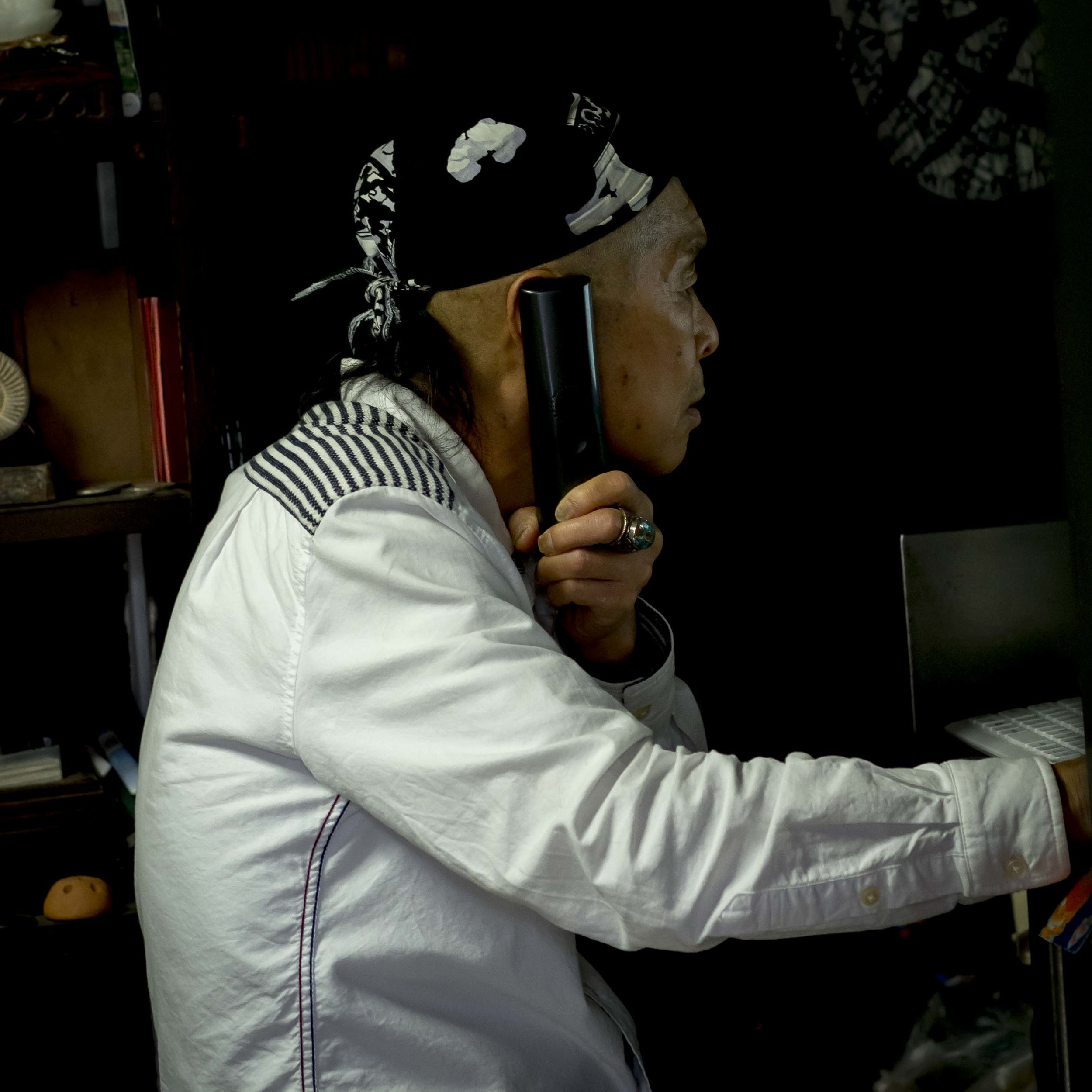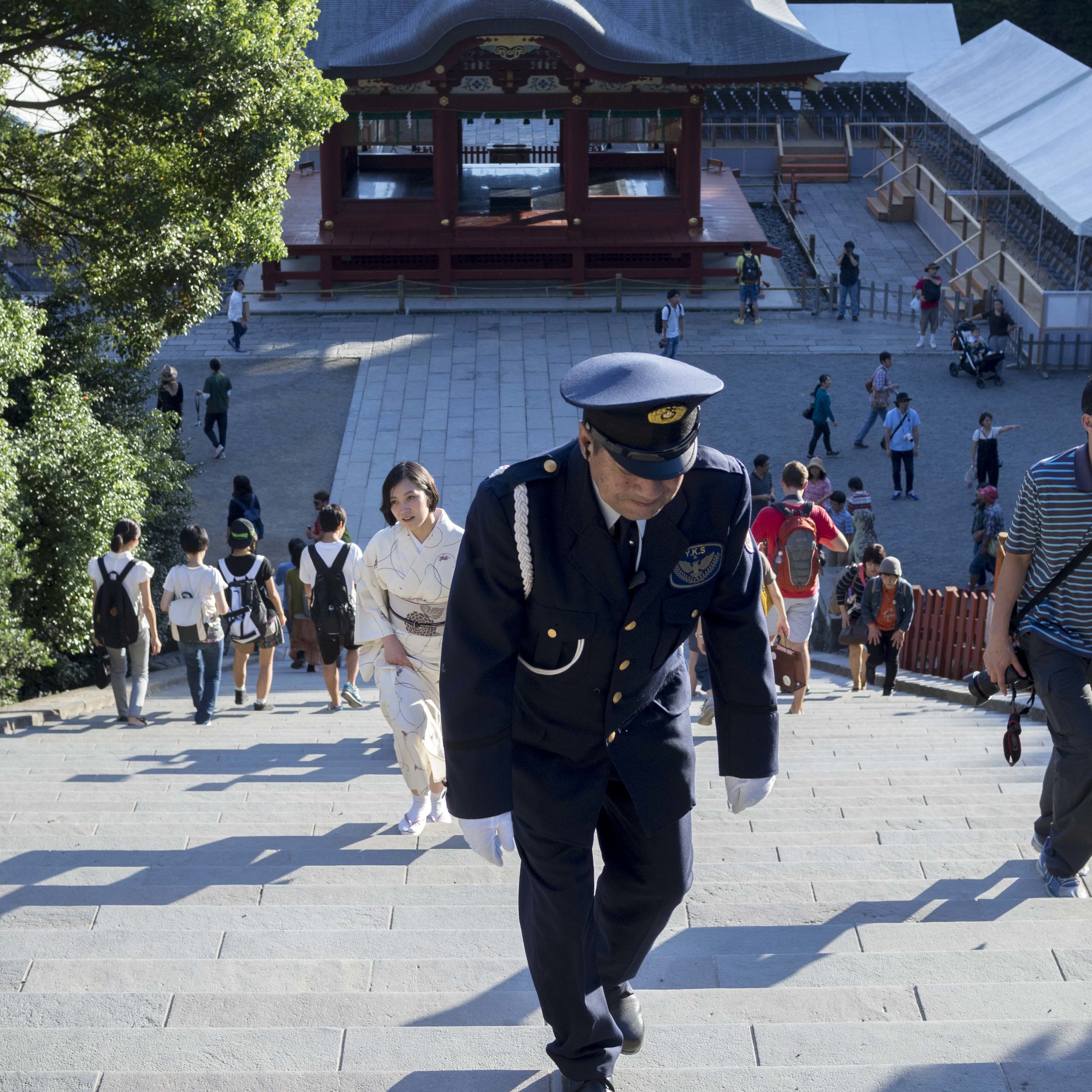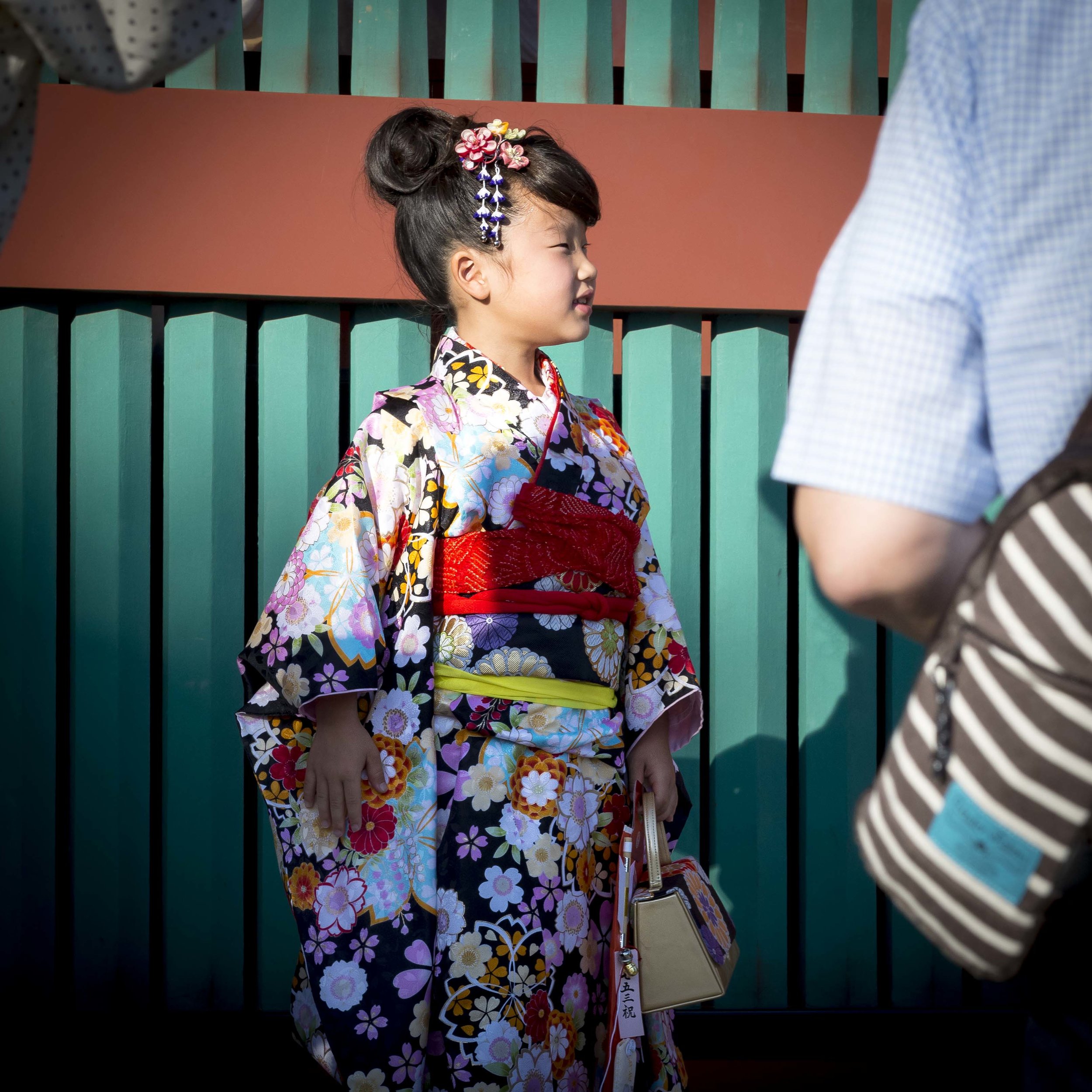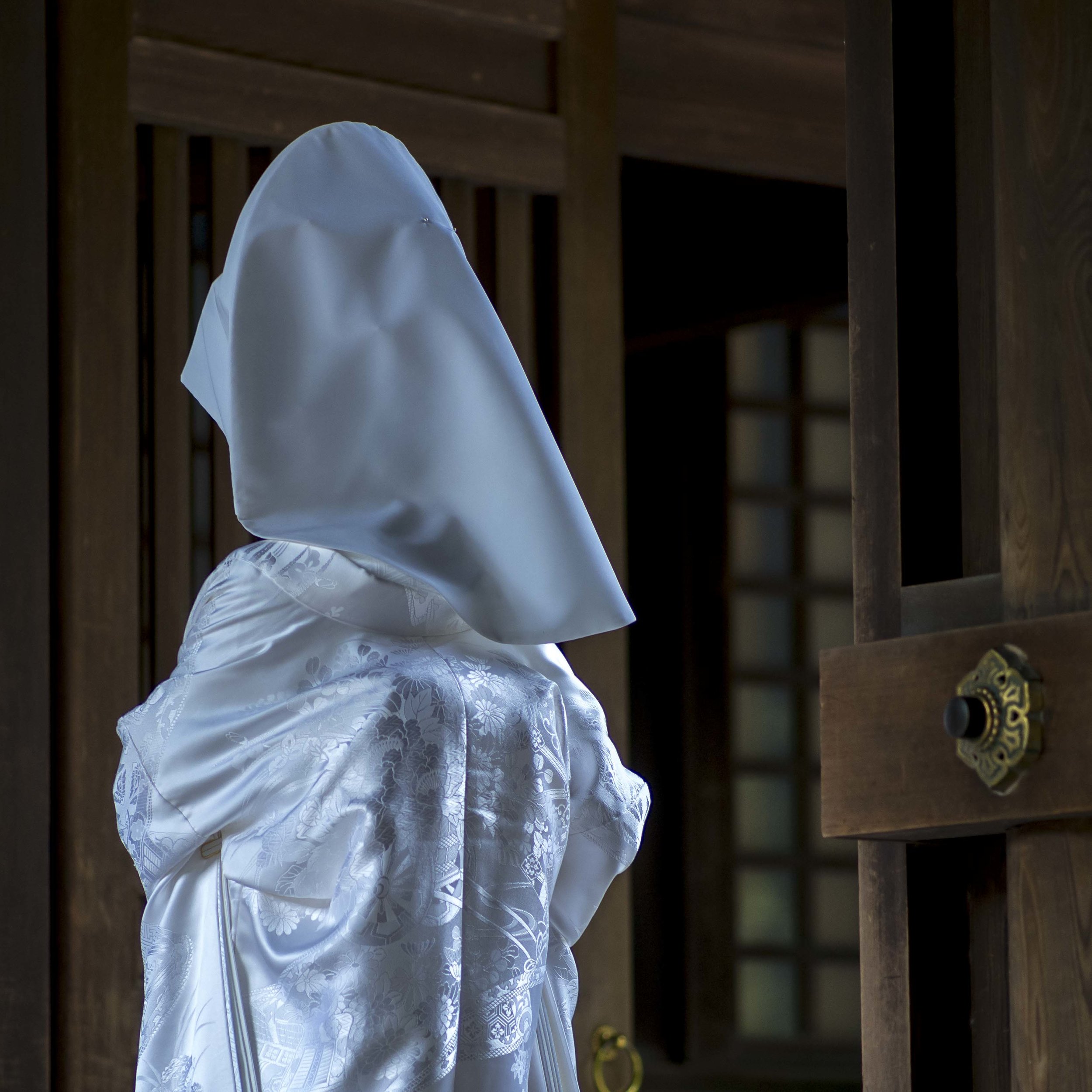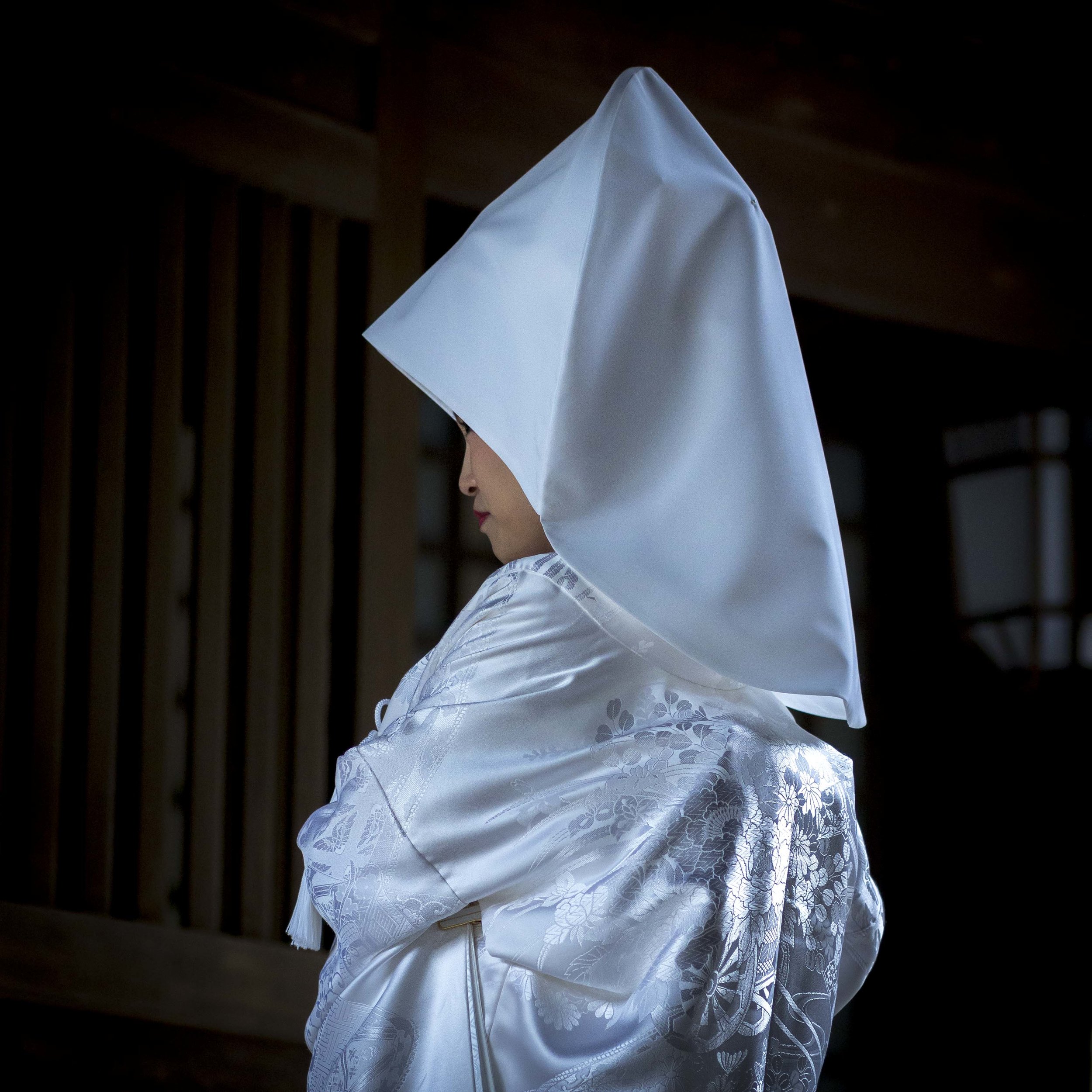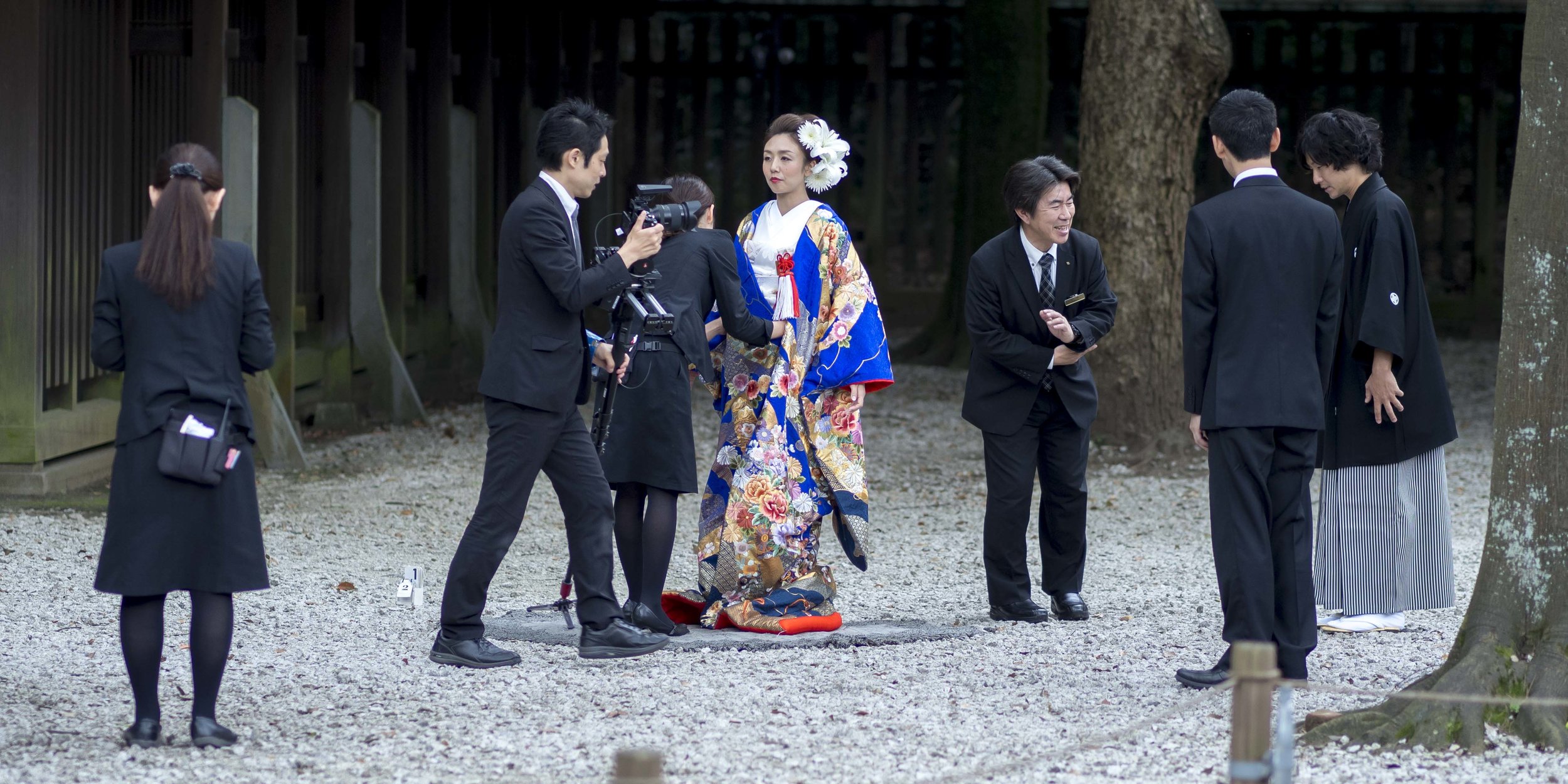Coming in to another year and the dawn of another landmark OMD, I have been reflecting on the journey so far with both Olympus and mirrorless.
The EM5 mk1 was enough to get me to abandon a 30 year odyssey with Canon, as well as abandon mirrored cameras all together. The early part of the journey was a little rough. Difficulty getting colour I liked and struggles with the camera’s operation did not dampen my enjoyment enough to cause regret, but there were days…
My EM5’s taught me to process better and to see things from a less “over the top” Canon and Fuji colour perspective to more grounded colour. Perhaps if I had come from Nikon, I would not have felt so out of sorts early on, but The Canon colour palette, for all it’s extravagances is addictive. Fuji only made it worse, until one day, purely out of a need to decide on a single format, I chose M43. This was a brave move at the time, because I did not like the colour out of the EM5 as taken, but through trial and error, I became adept at finessing it to a better place. I now look back at some of my earlier work and am horrified at the over the top colour. With the newer cameras, the base seems to be more neutral and cleaner, but the end product is the same and I am happy my colour addiction has been tamed.
When I push colour now, I have a less biased approach. Olympus colour lacks the “deep tint” base of Canon or Hyper film look of Fuji, but it feels more real.
They allowed me to get off the camera hamster wheel. The EM5 not only looked old school, but it seemed to create a feeling of timelessness for me. It did not hurt that Olympus and Panasonic changed little IQ wise in the following generations, making M43 adherents face the pixel crunch head on. I succumbed to the call of more with the Pen F, then to the performance benefits of a top end camera with the EM1 II, but I still use the EM5’s without fear of their dated images being out classed and irrelevant anytime soon*.
They allowed me to rediscover old techniques I had let go rusty. Yes an EM5 mk1 can shoot sport. Even tough sports like indoor basketball. The EM5 has no ability to focus track, but it does have lightning fast and accurate first acquisition focus and a high frame rate. Ironically the speed and accuracy of the camera’s AF came with increased (actually useable) manual focus operation. SLR cameras come with eye pieces calibrated for AF operation. Their manual focus application is limited to the point of being useless. Later cameras increased this even more, but the EM5 offered manual focus on par with older film cameras. I have also learned to appreciate waist high operation, format change and mono preview. Things that modern SLR’s either lacked or were never previously offered.
They gave me the unaccustomed feeling of total familiarity. My time with digital Canons did have a strong feeling of brand familiarity, but never a deep seated feeling of specific camera familiarity. This is heightened by the immediacy and control the OMD and mirrorless cameras in general offer. I did not ever hang on to any Canon for more than a few years and I tended to have a few slightly different cameras around at once (5DII/50D, 5DII/550D, 550D/450D/1000D etc), so full immersion never came. I had not felt this way since the manual focus film era (F1n, I can still remember it’s heft and solidness and that reassuring mirror slap).
They have taught me humility. They are small and un-assuming, and so are their files. There are few bragging rights other than the “giant killing” reputation they gained in the early days, leading to a slight smugness form their users. Committing to only using these cameras asks the question of sufficiency. Are they enough, what is enough, will others take them seriously, can I take them seriously, what can/can’t they do that my big ‘ol SLR could do? Personally all of these questions have been answered, but i will not claim to days completely free of troubled thoughts. The newer cameras have confirmed and cemented my confidence and there is no substitutive for jus taking images to calm the jitters. When advising others of the merits of the system, I am aways careful to qualify my remarks, as I do with every class of camera.
Still going in their 7th year, all three of my EM5’s are being used regularly. The look they give is unique even amongst Olympus cameras and it is a look I have grown to love.
I will miss them when they are gone.
*Looking at old reviews (a good way of re-loving your old camera), I am reminded just how good the EM5 was when released. Imaging Resource compared it to several cameras with similar or higher specs and even it’s high ISO performance was surprising and I have seen it’s ageing sensor still worthy of comparison to many new cameras in real terms.






